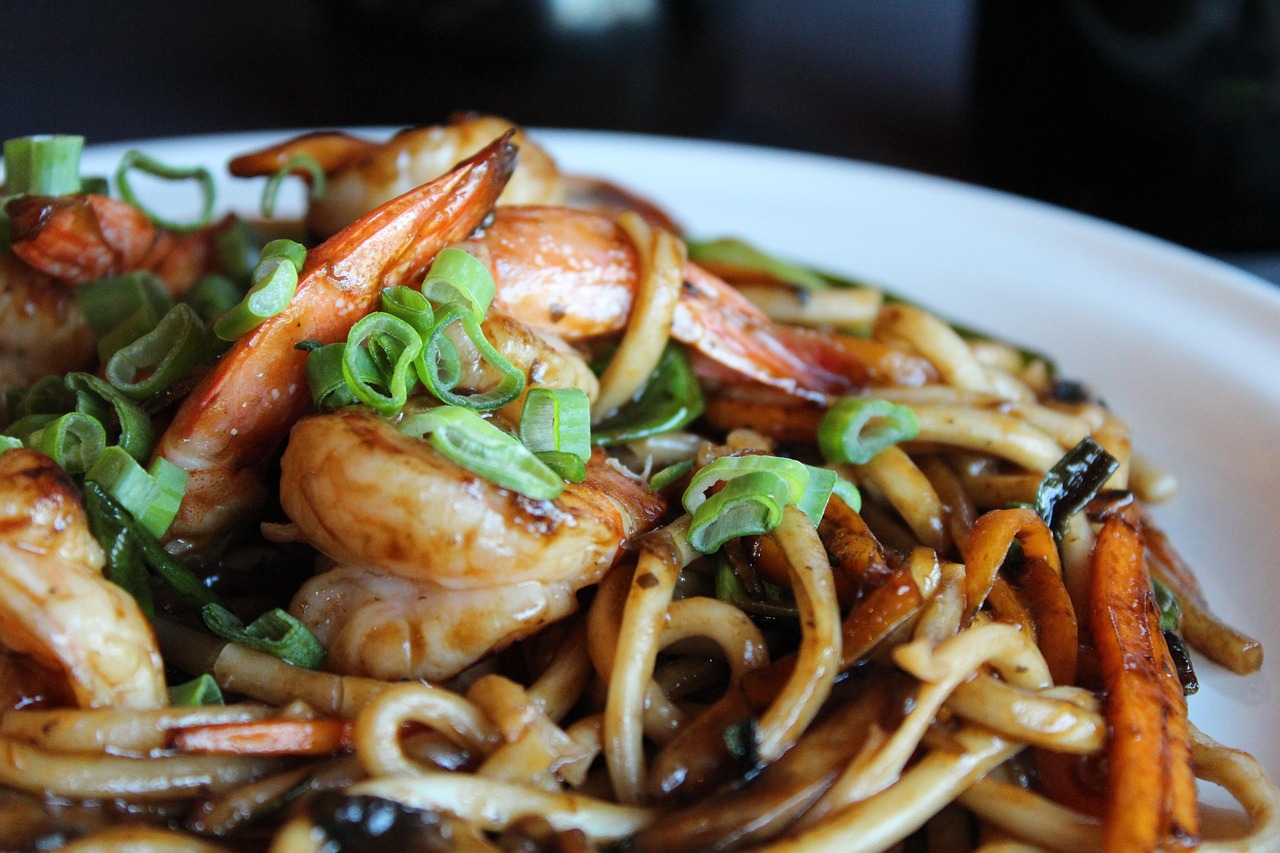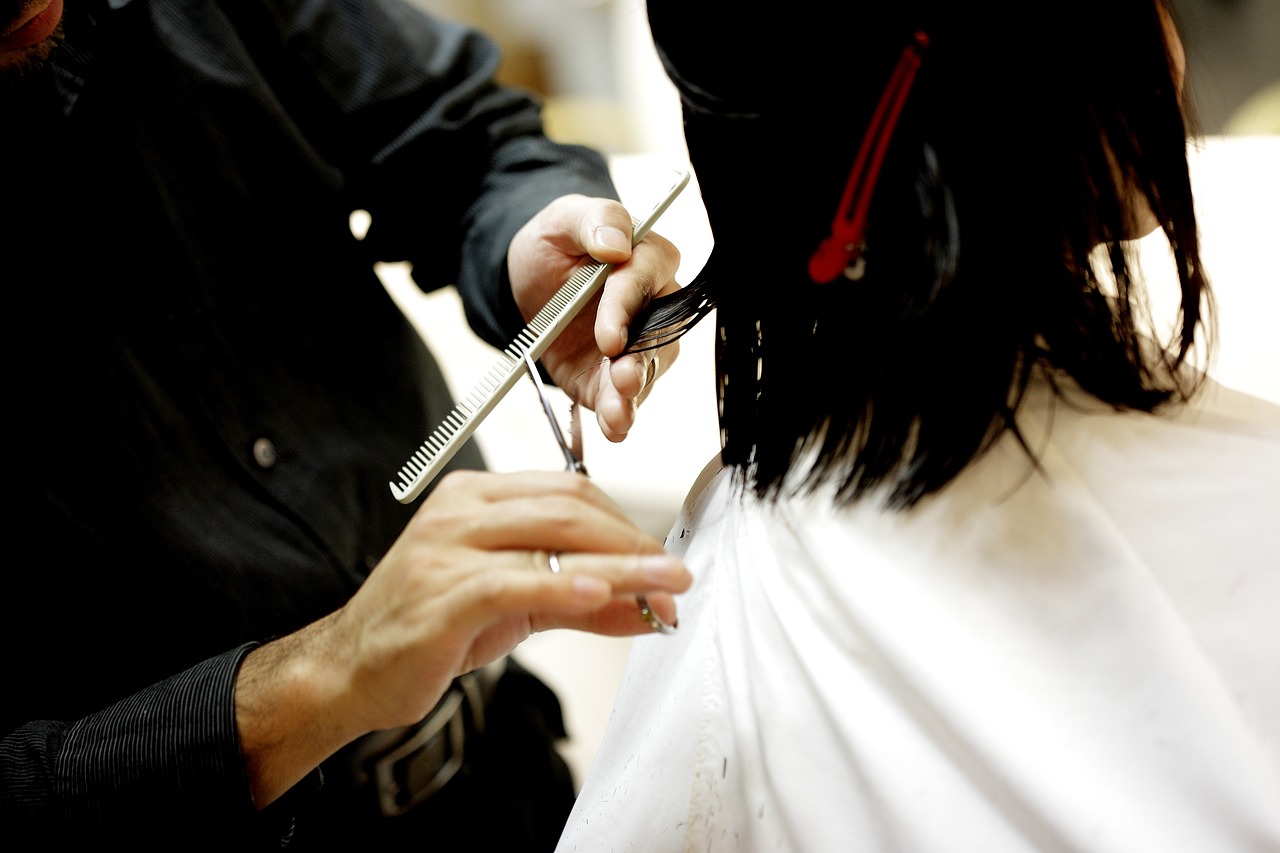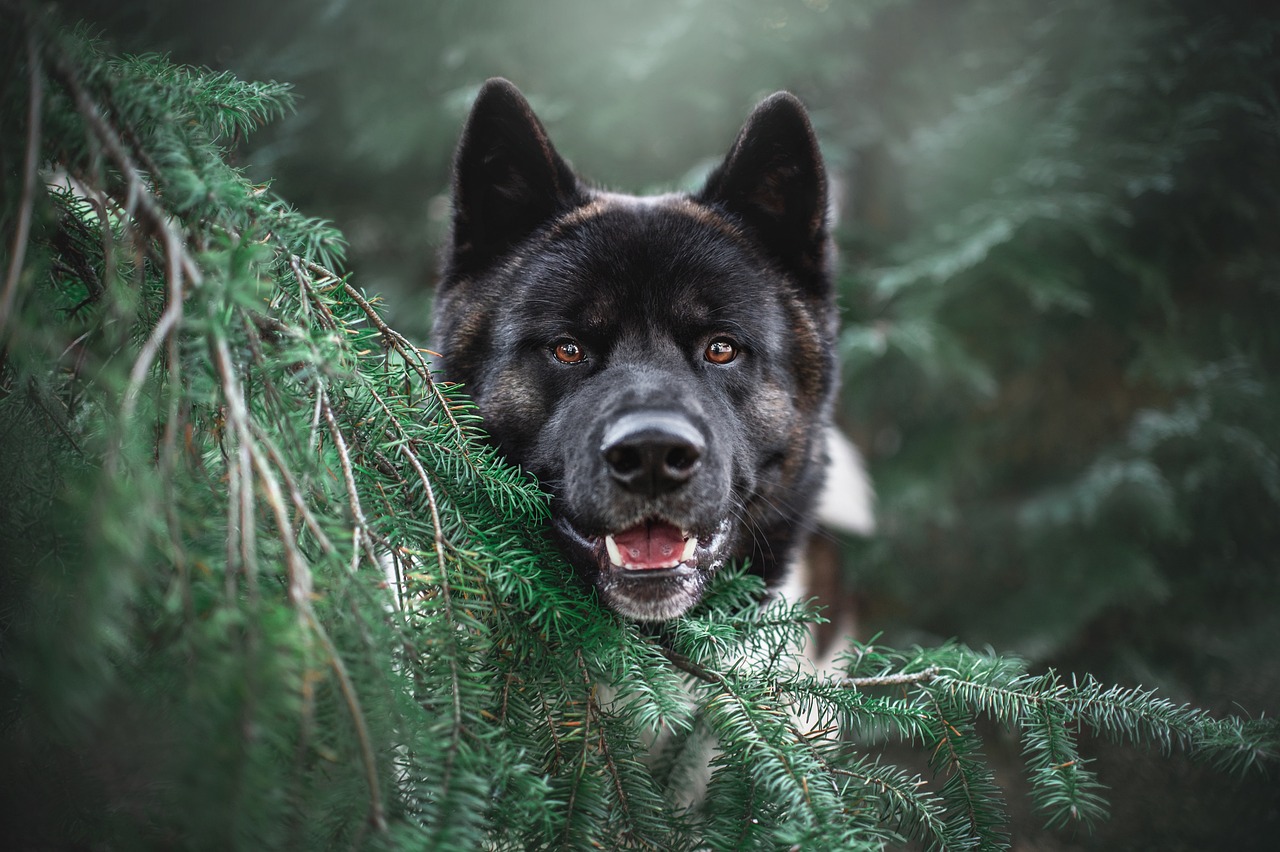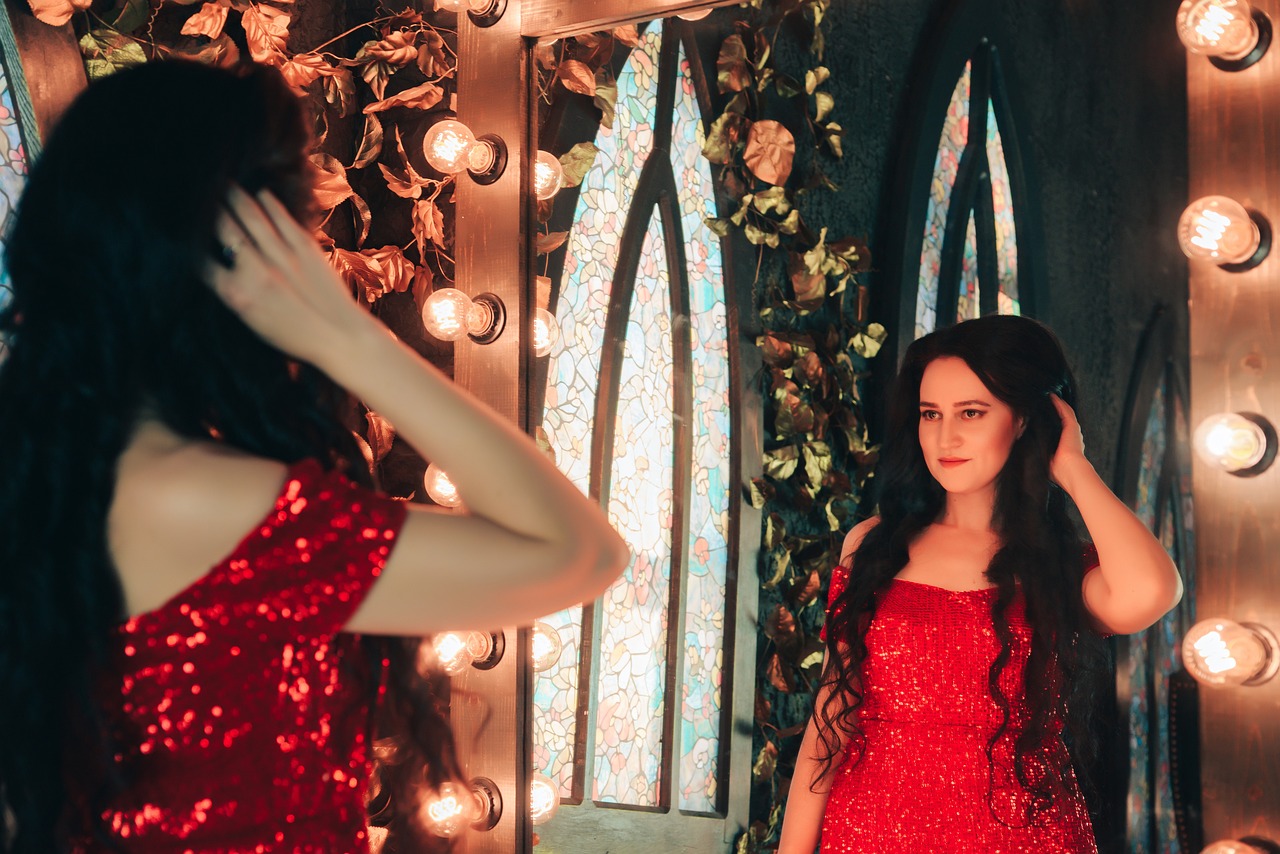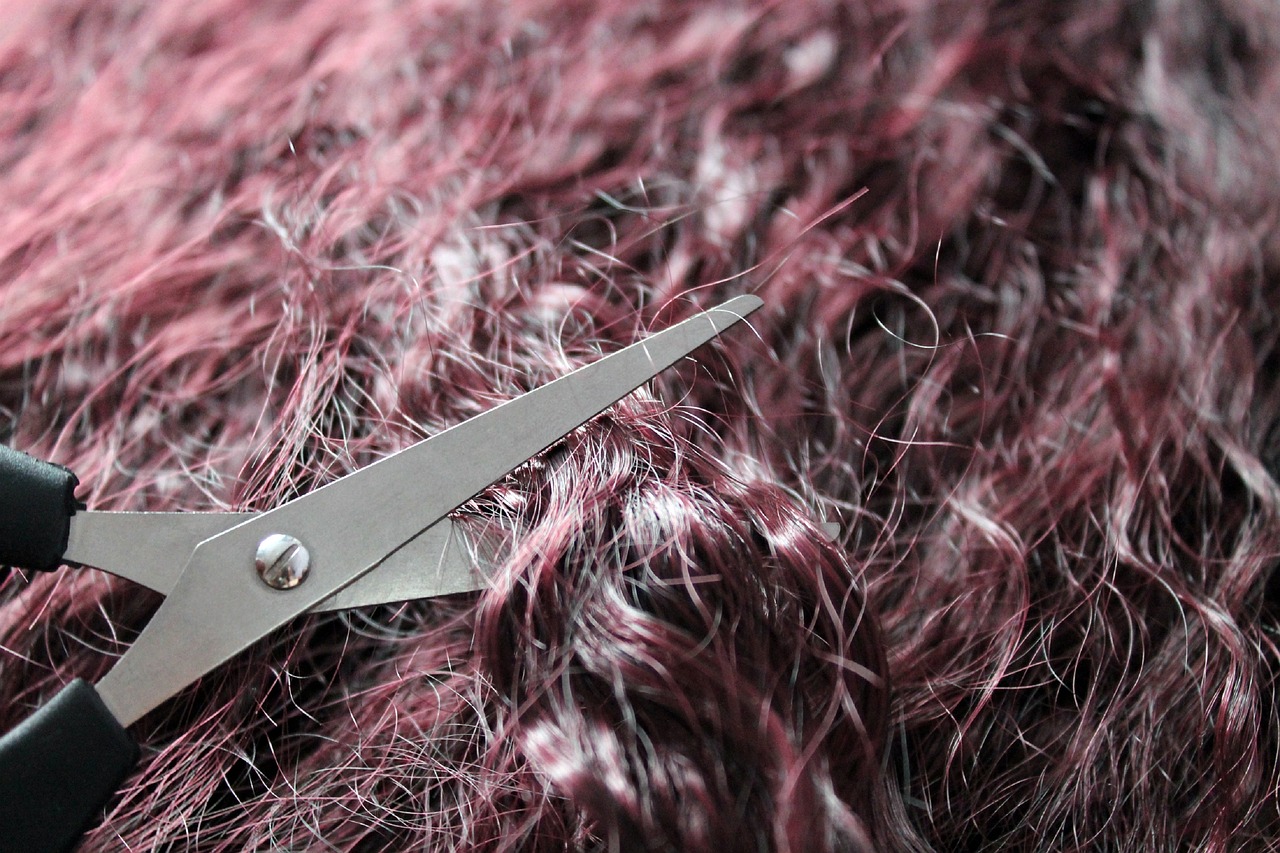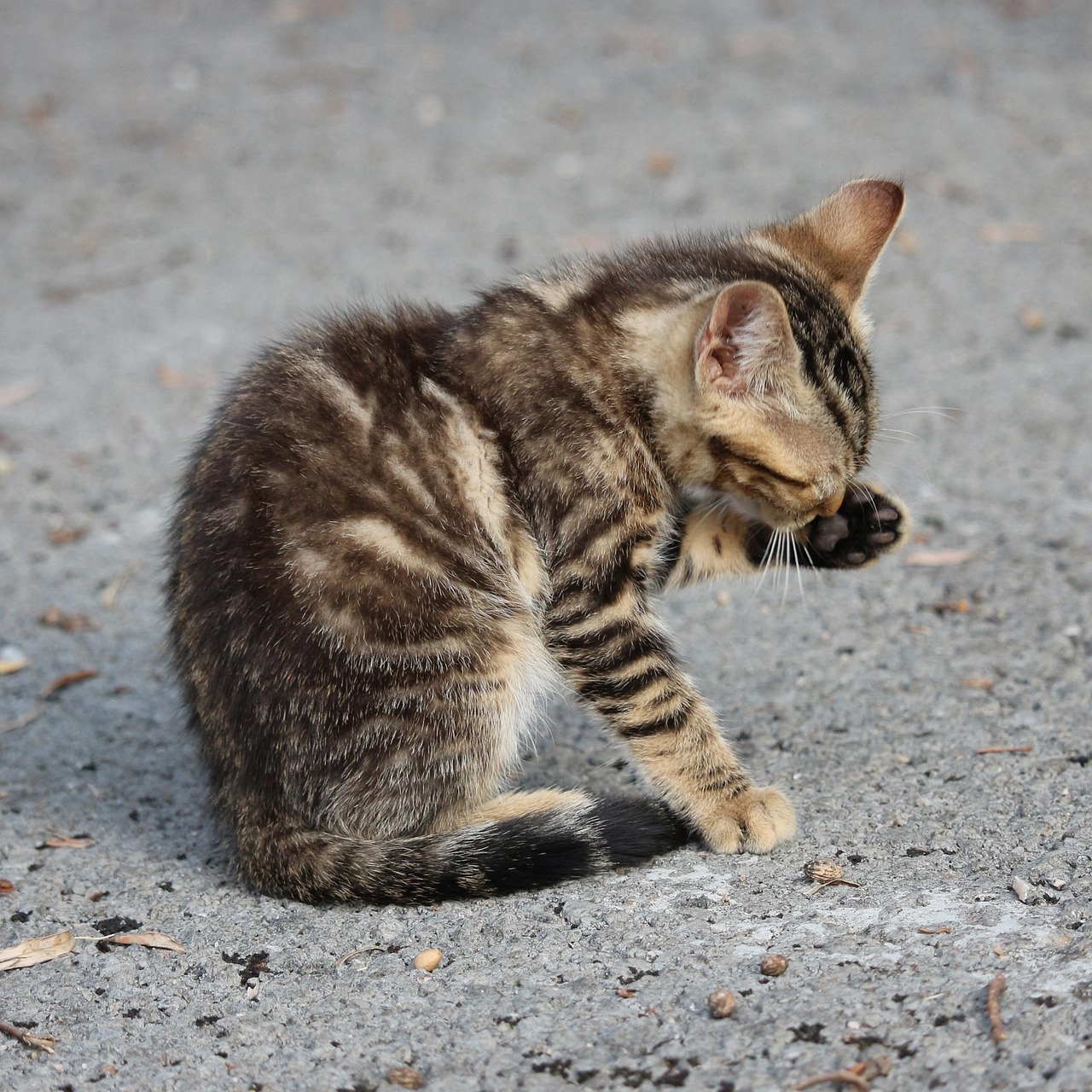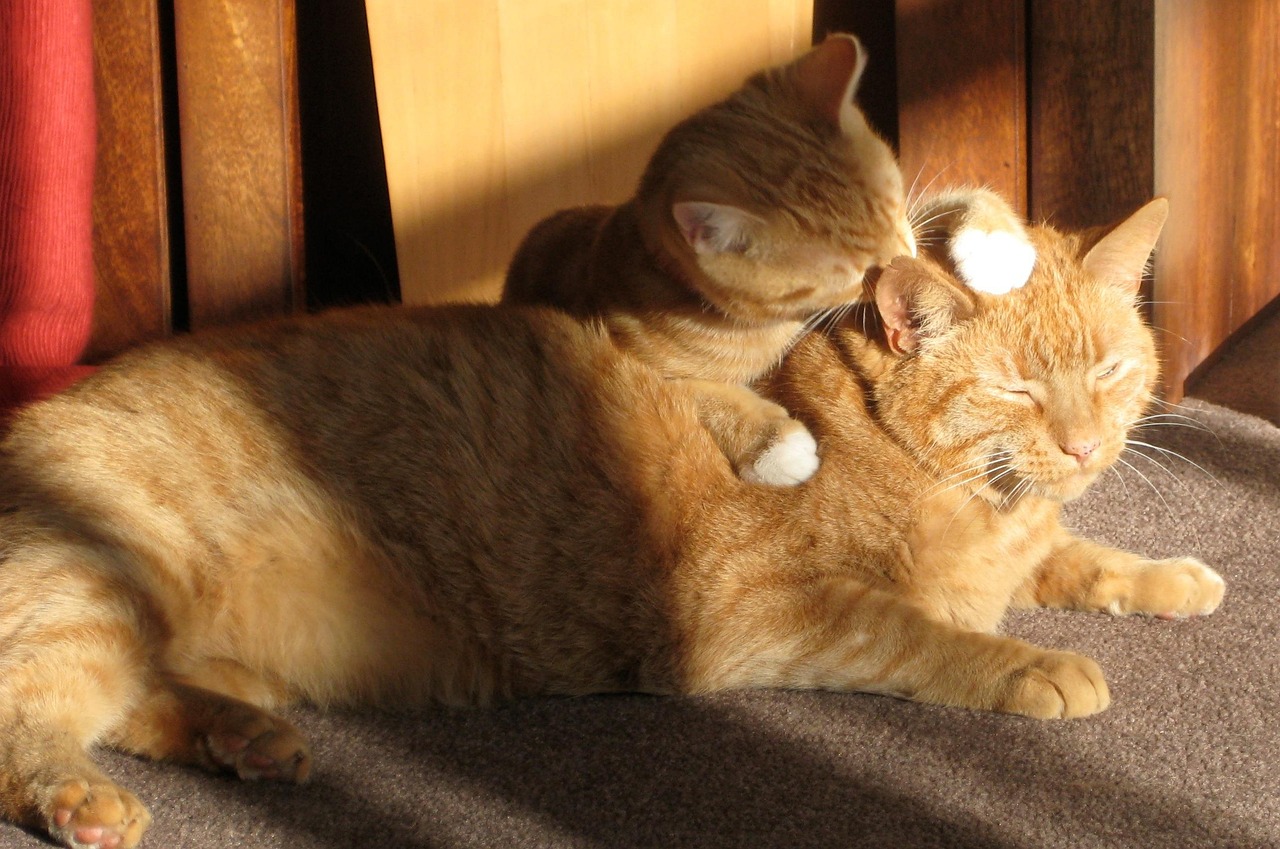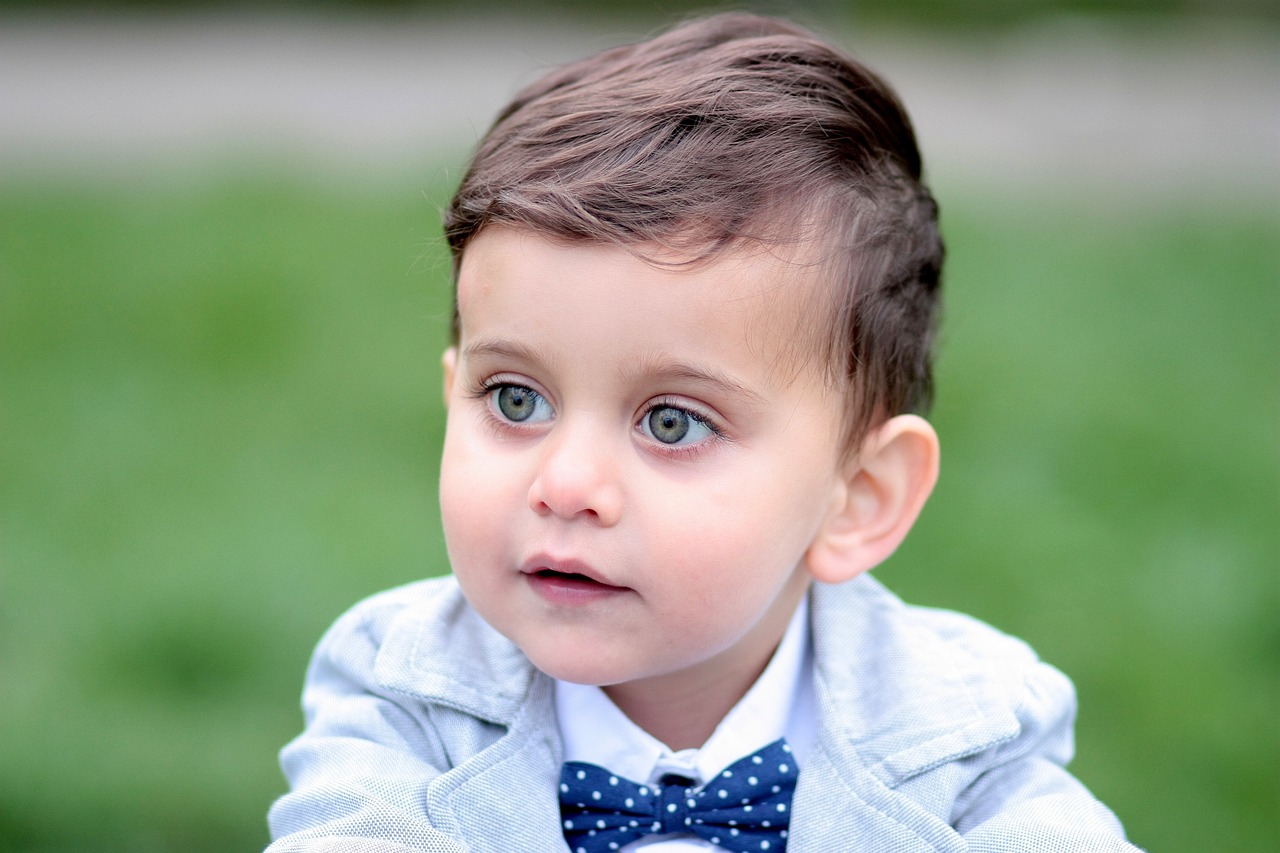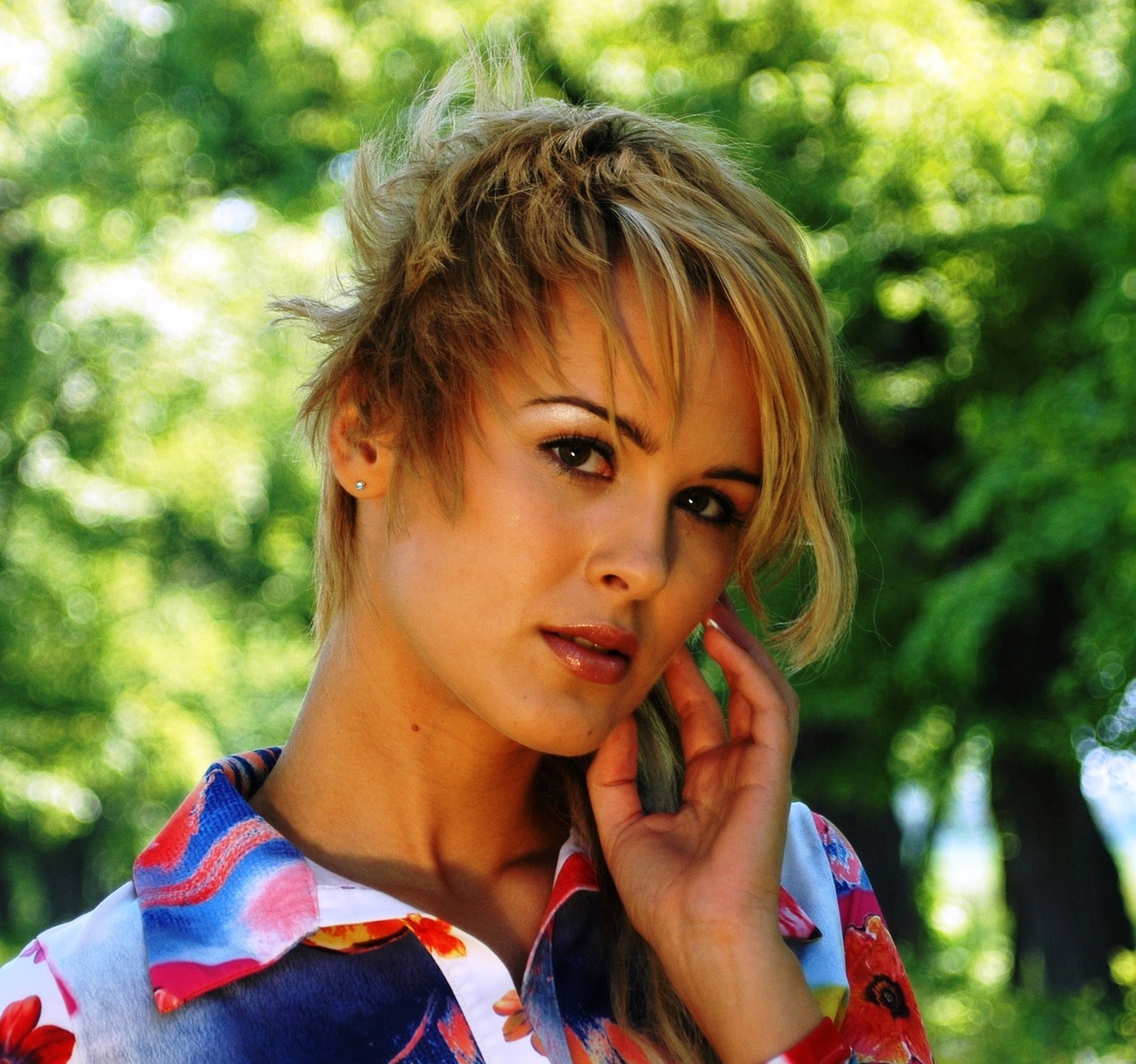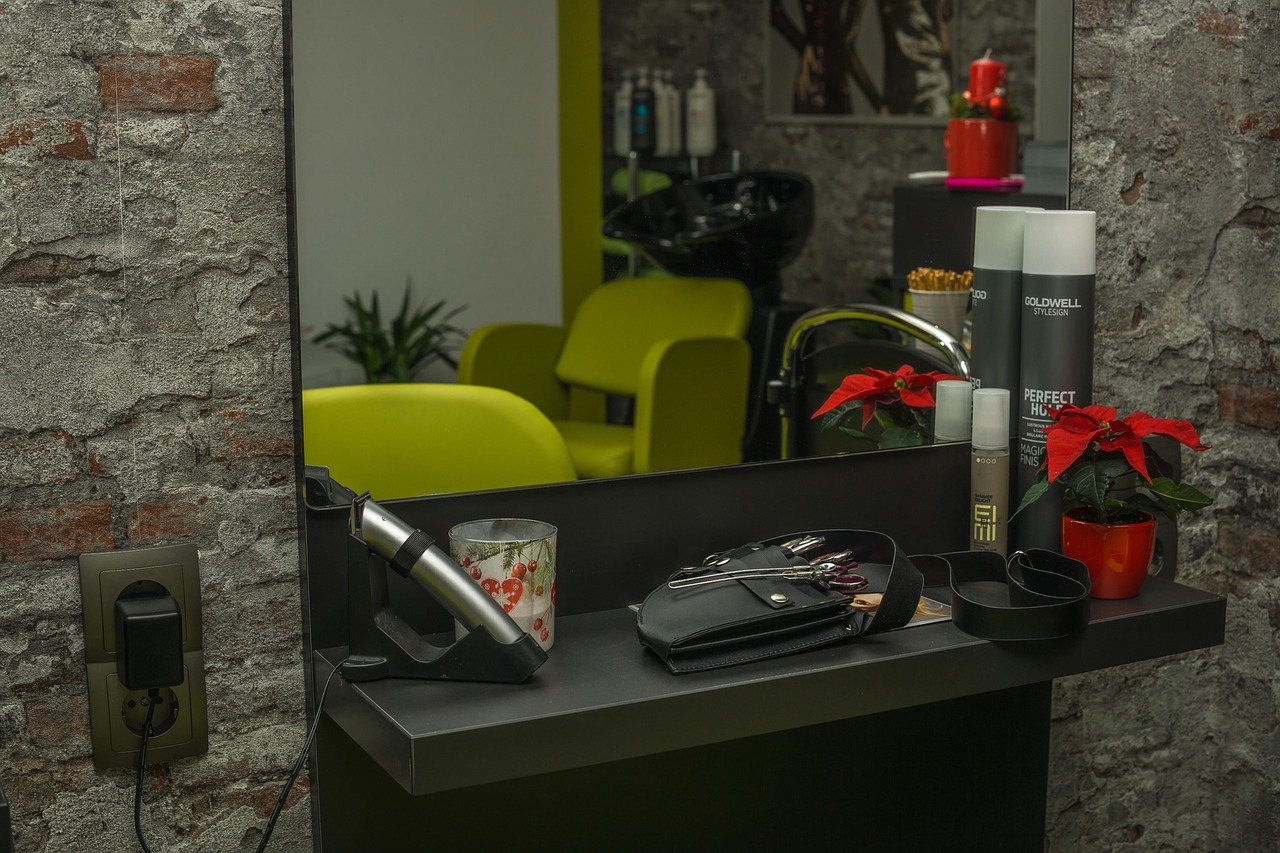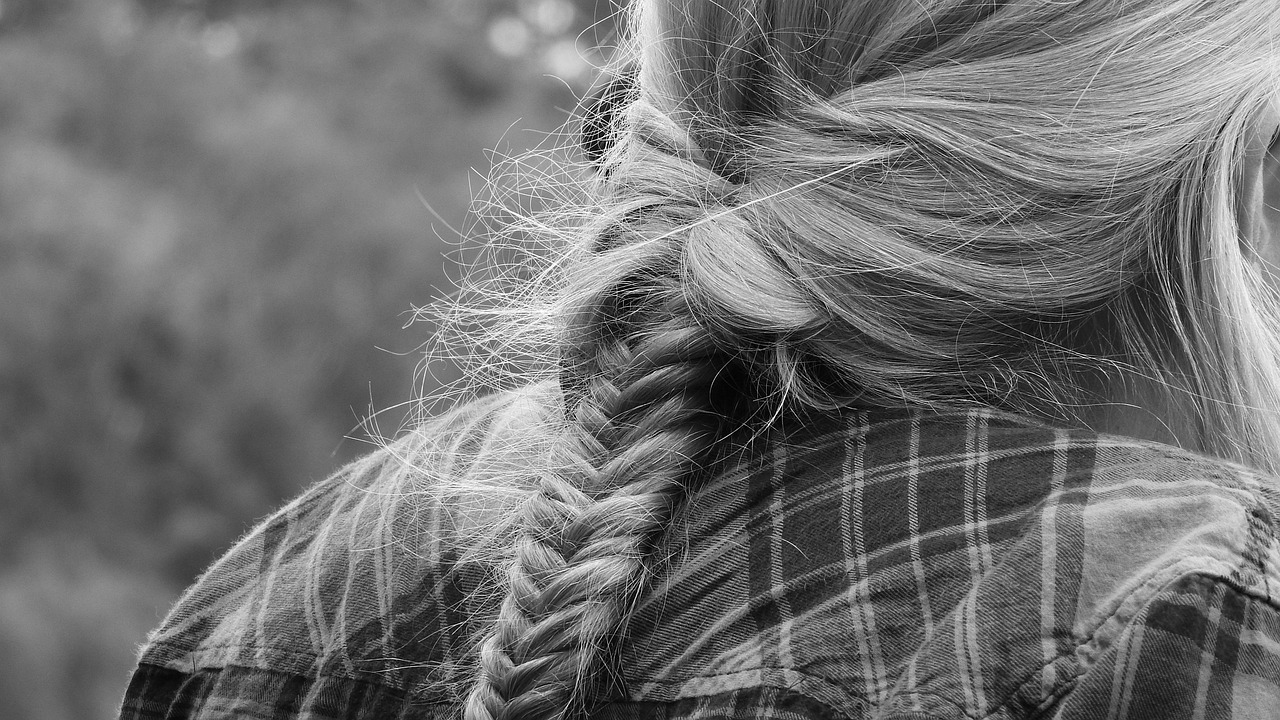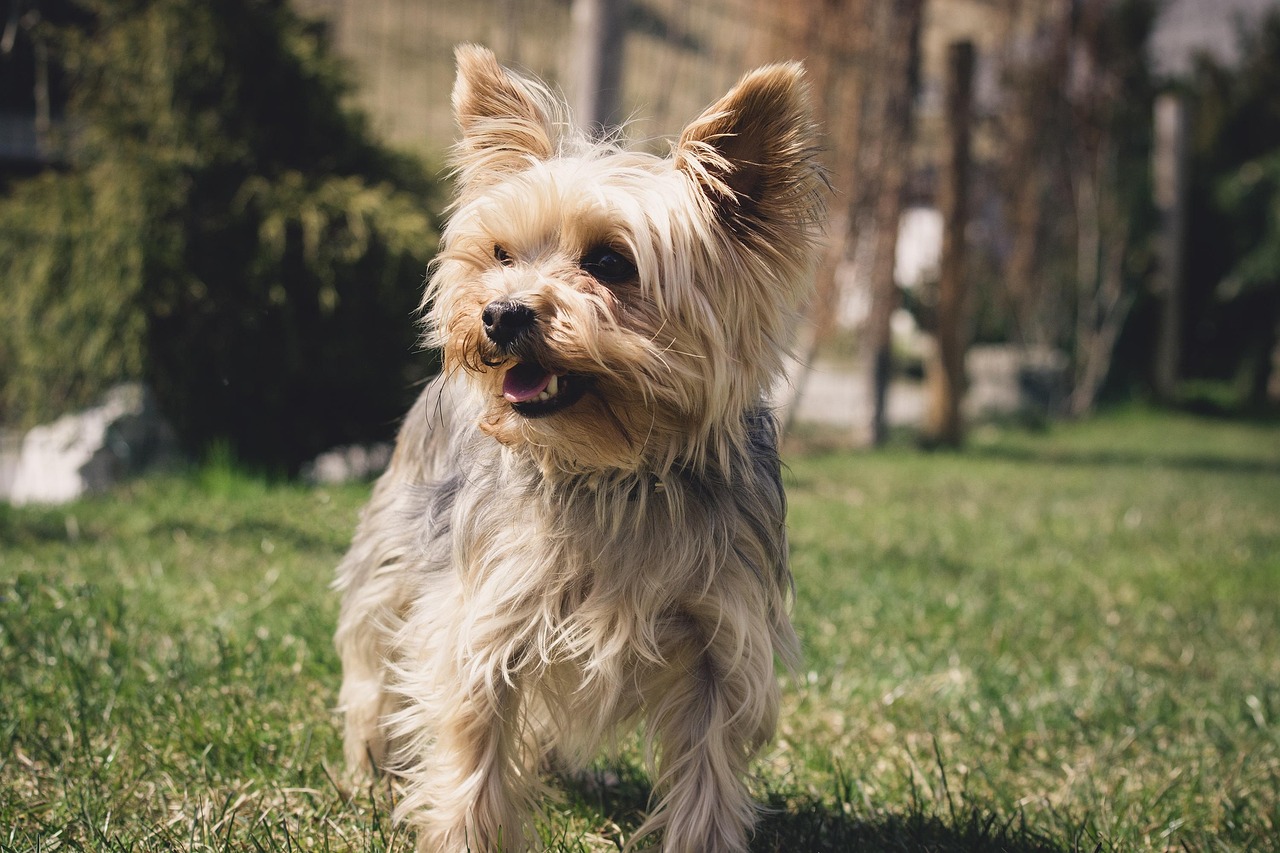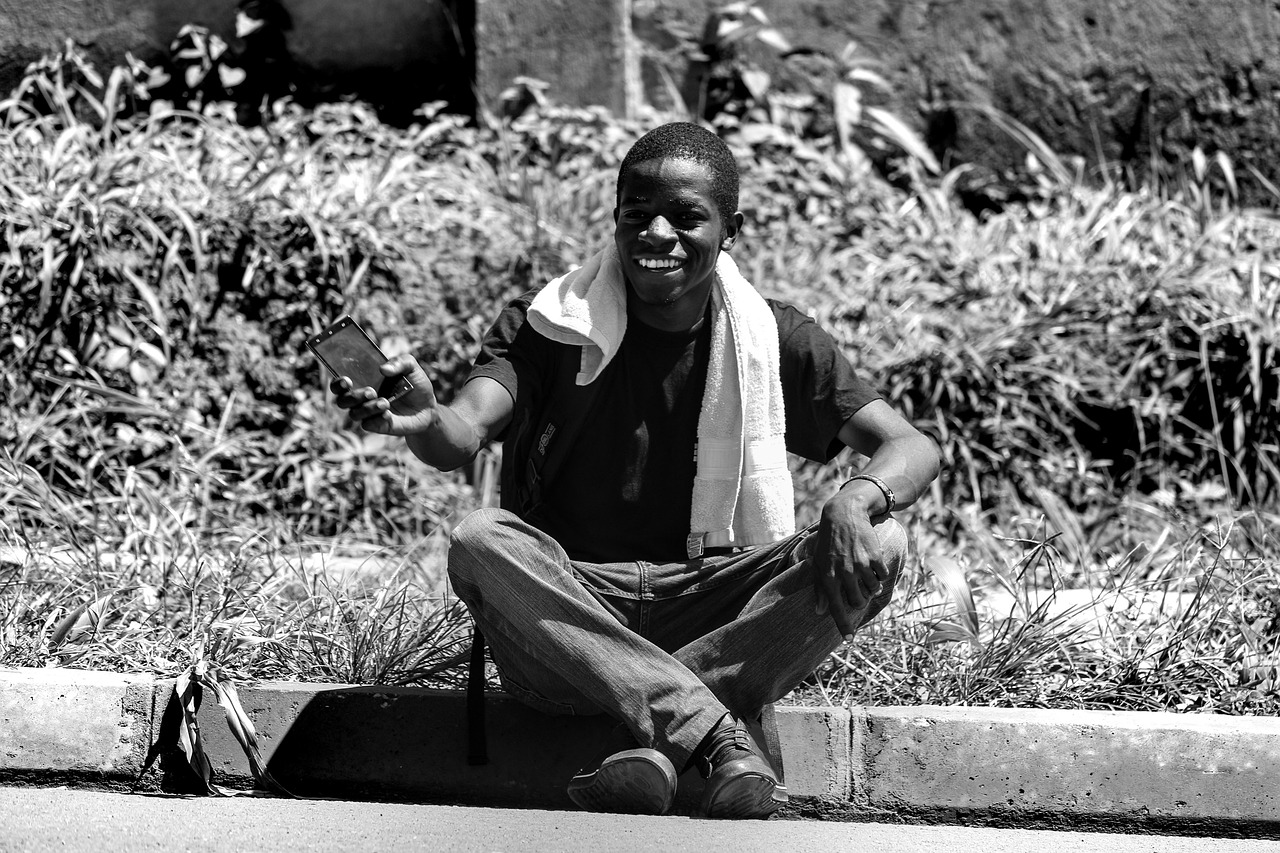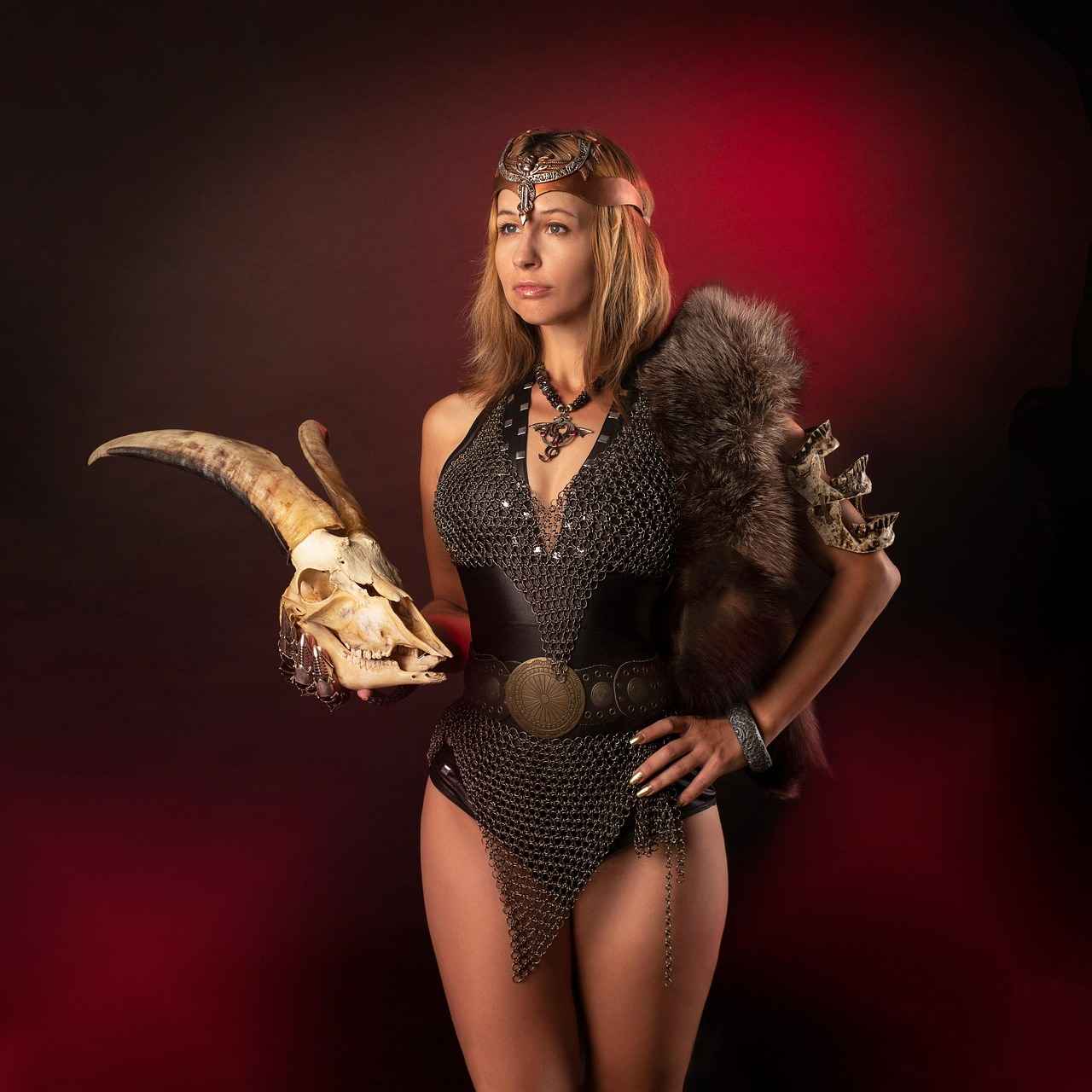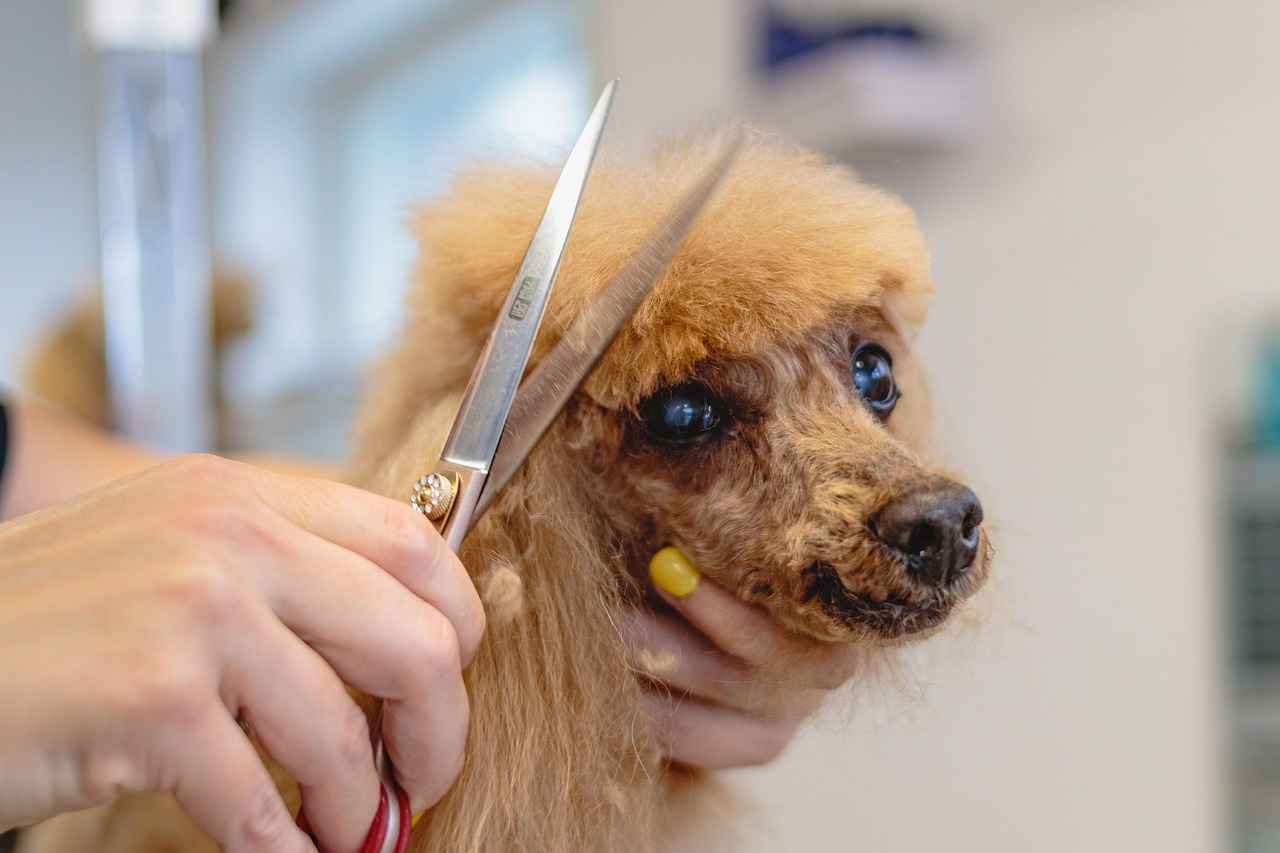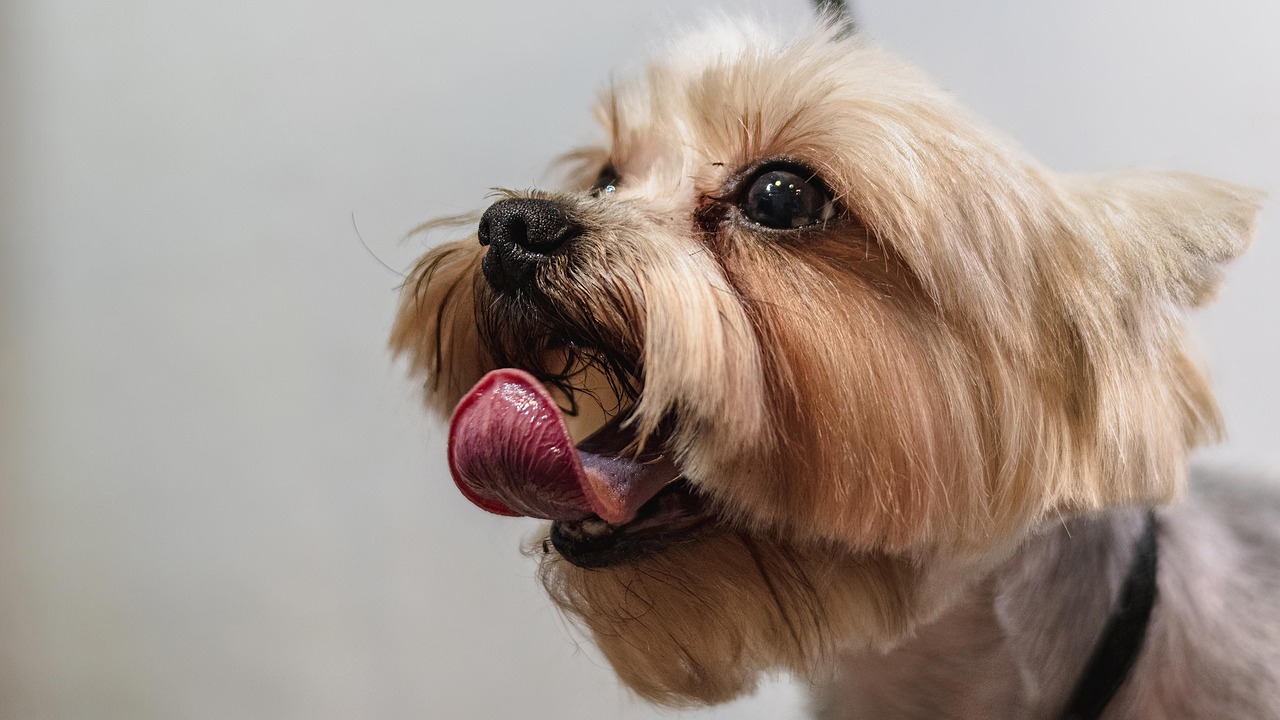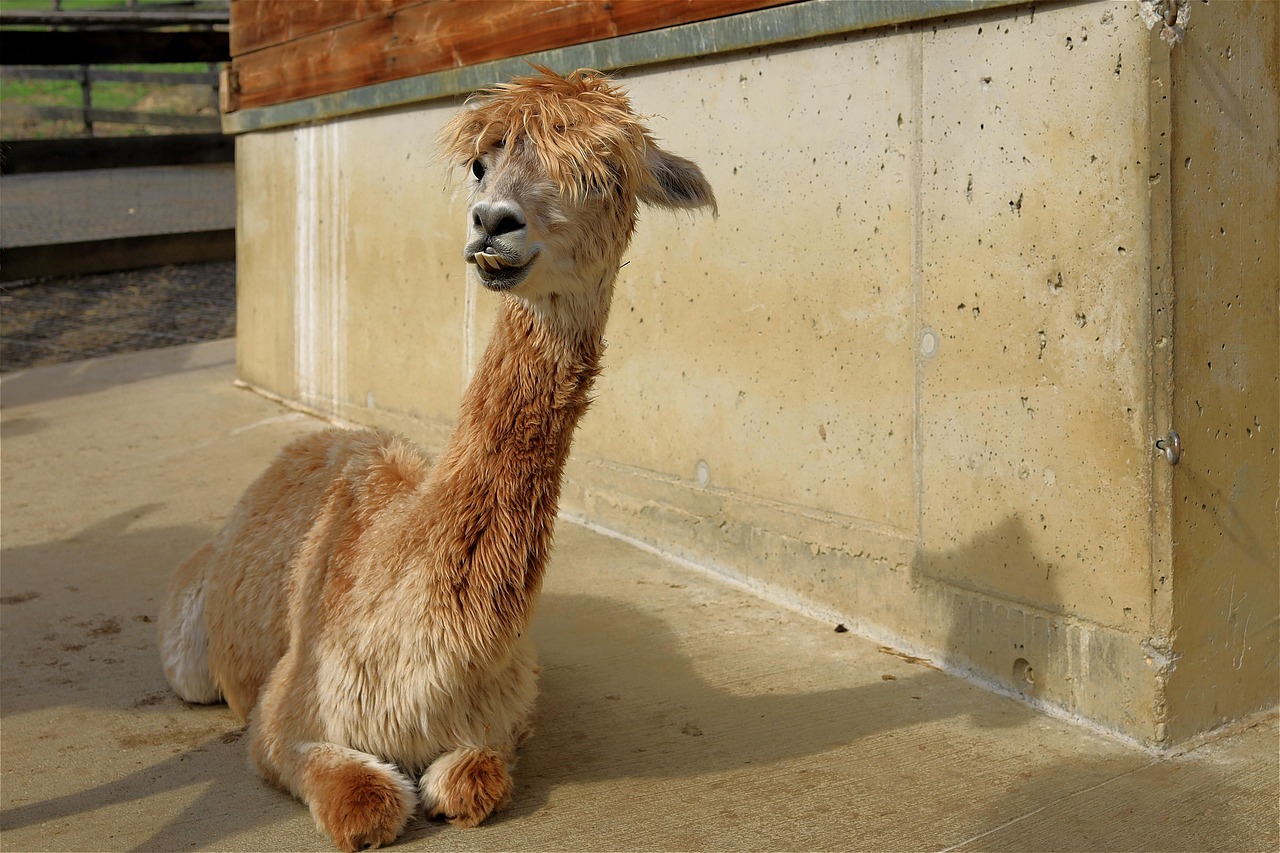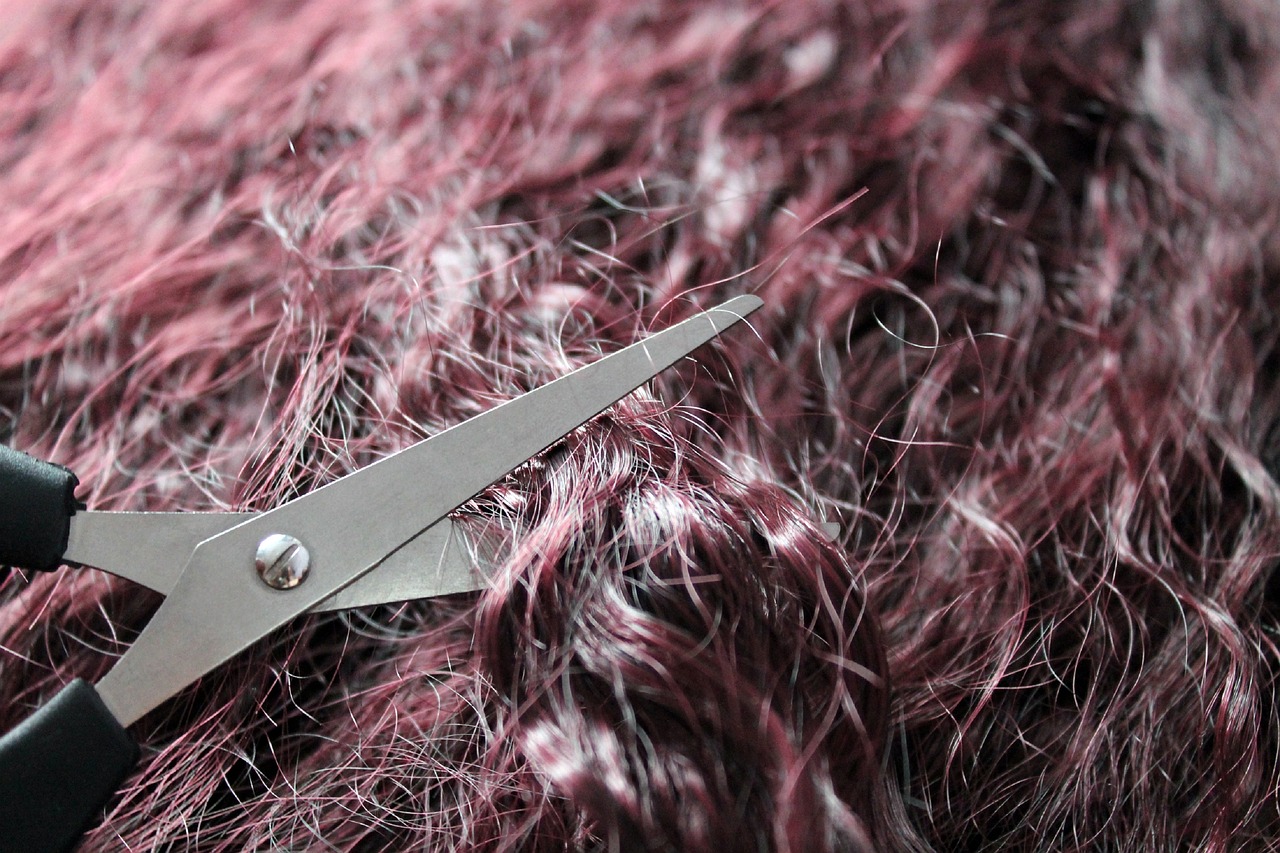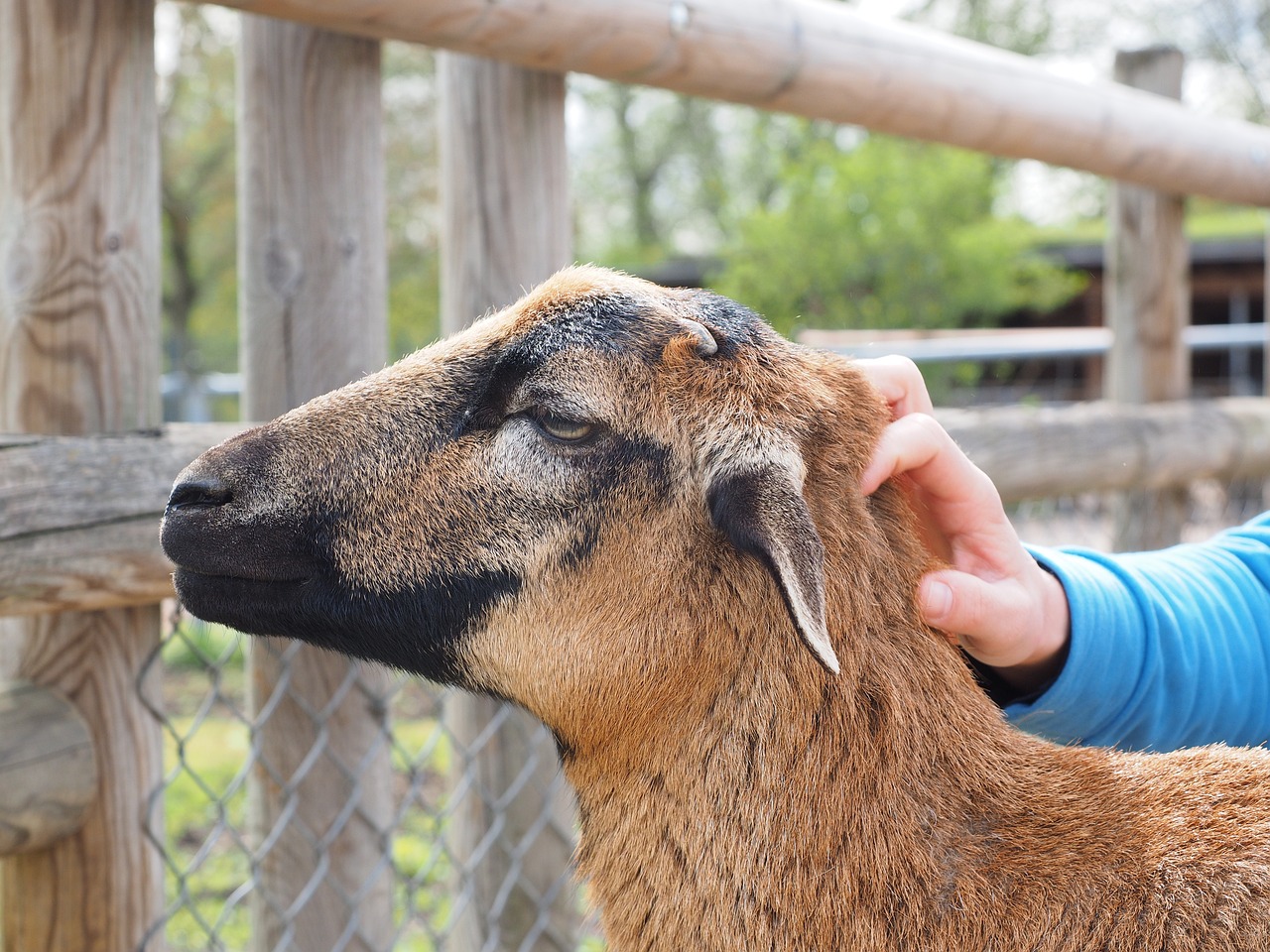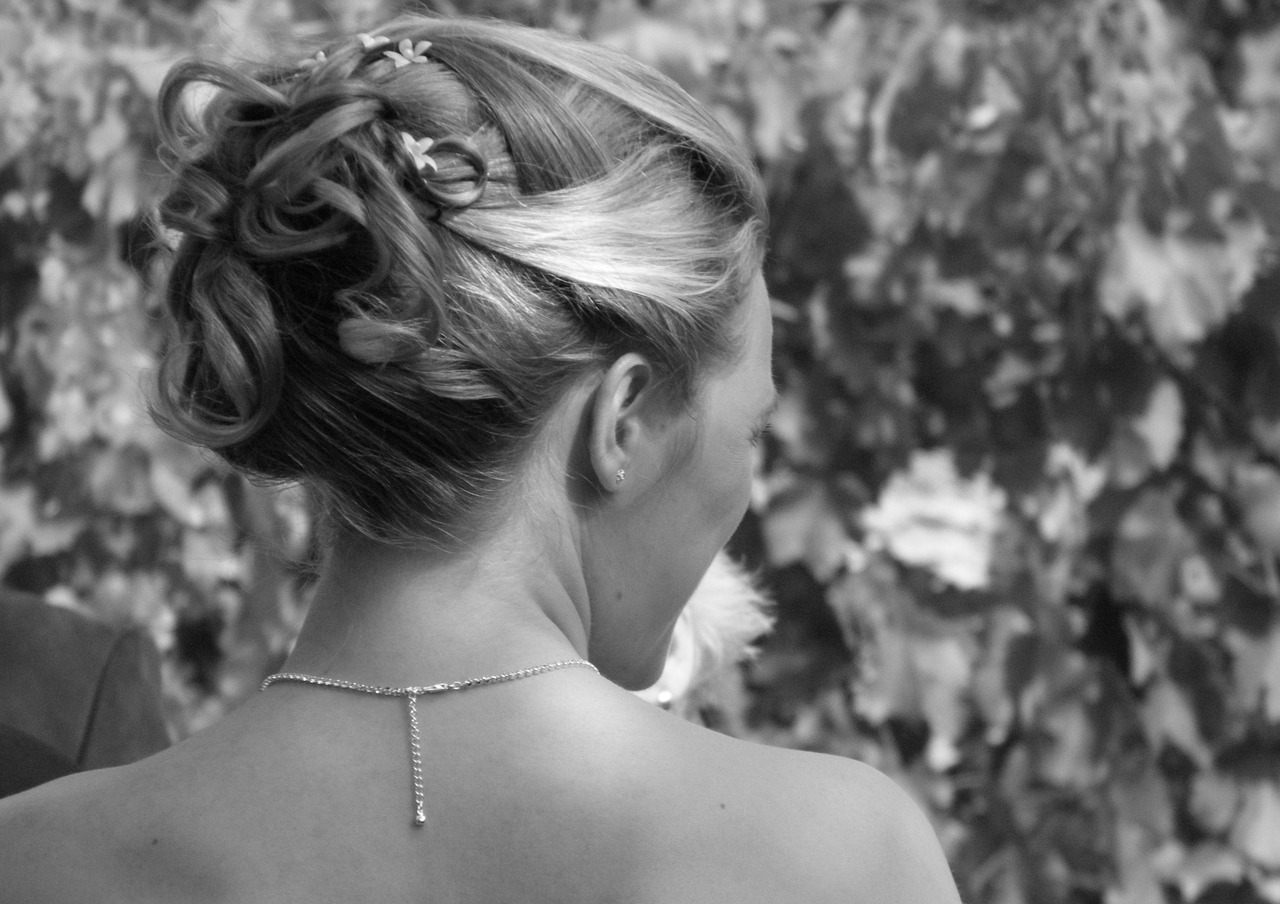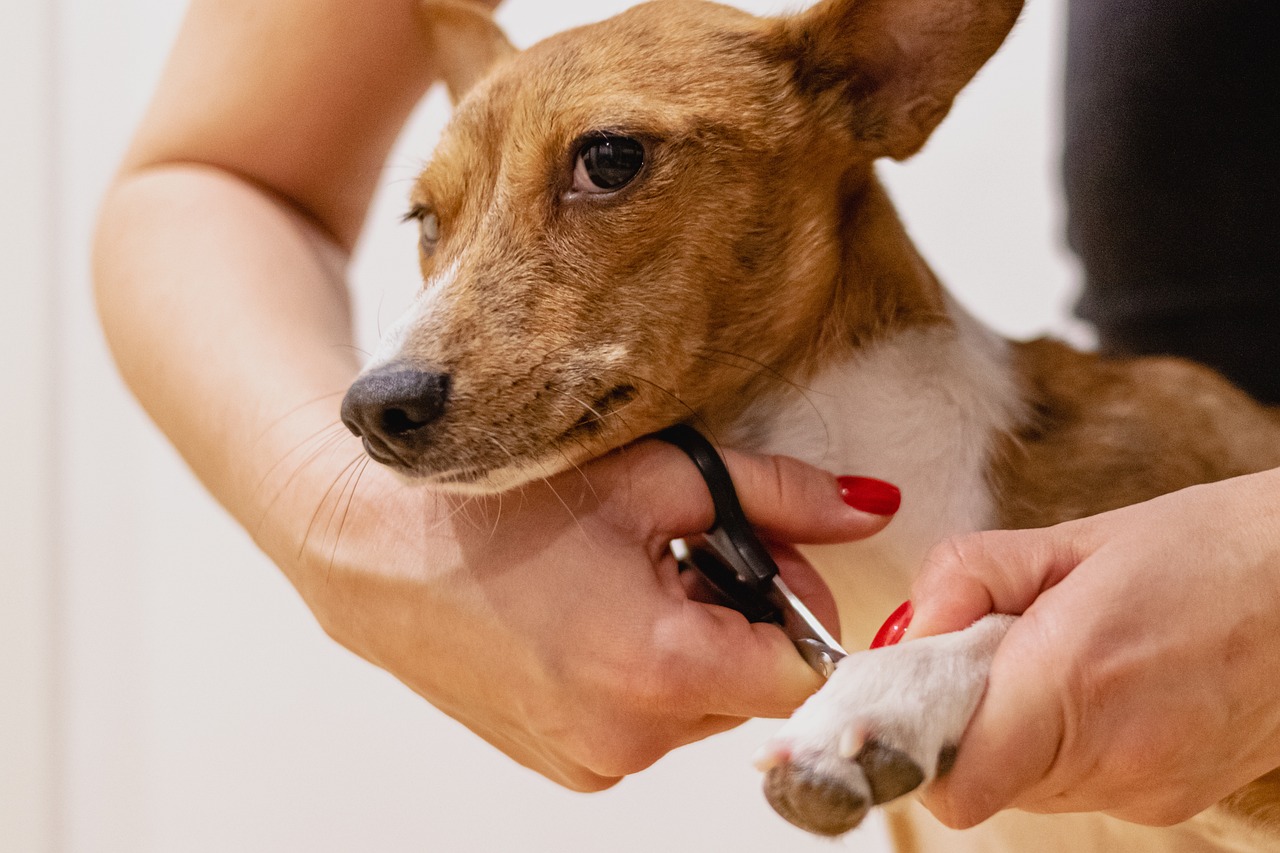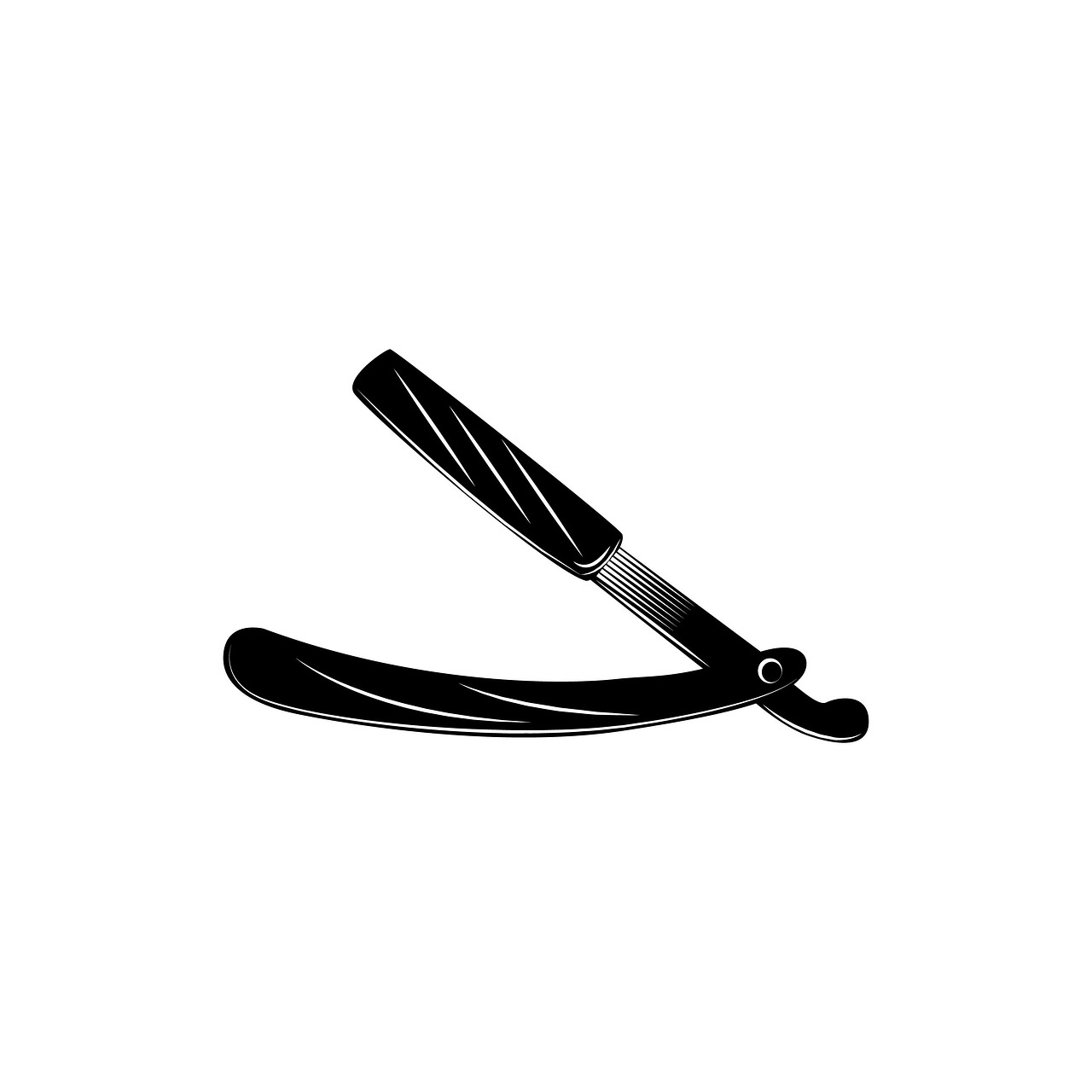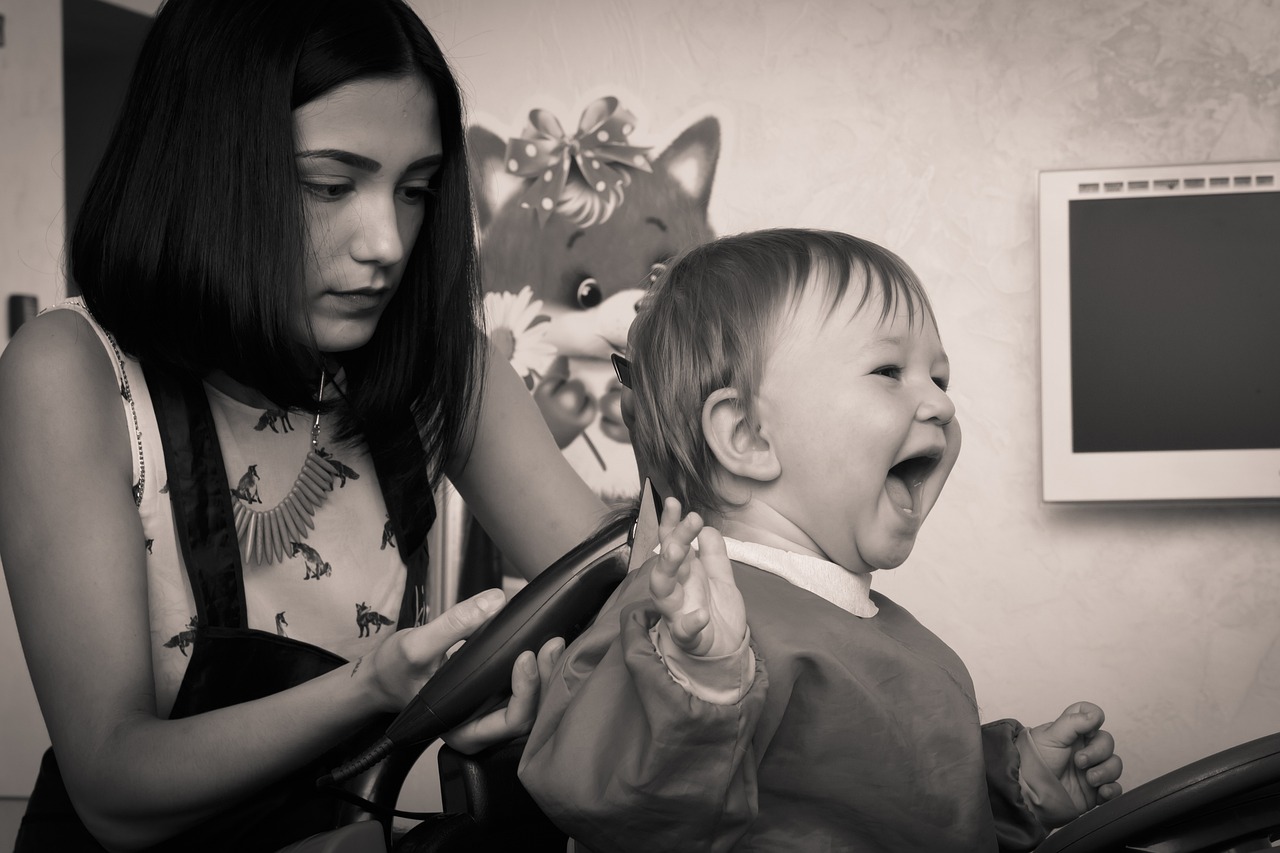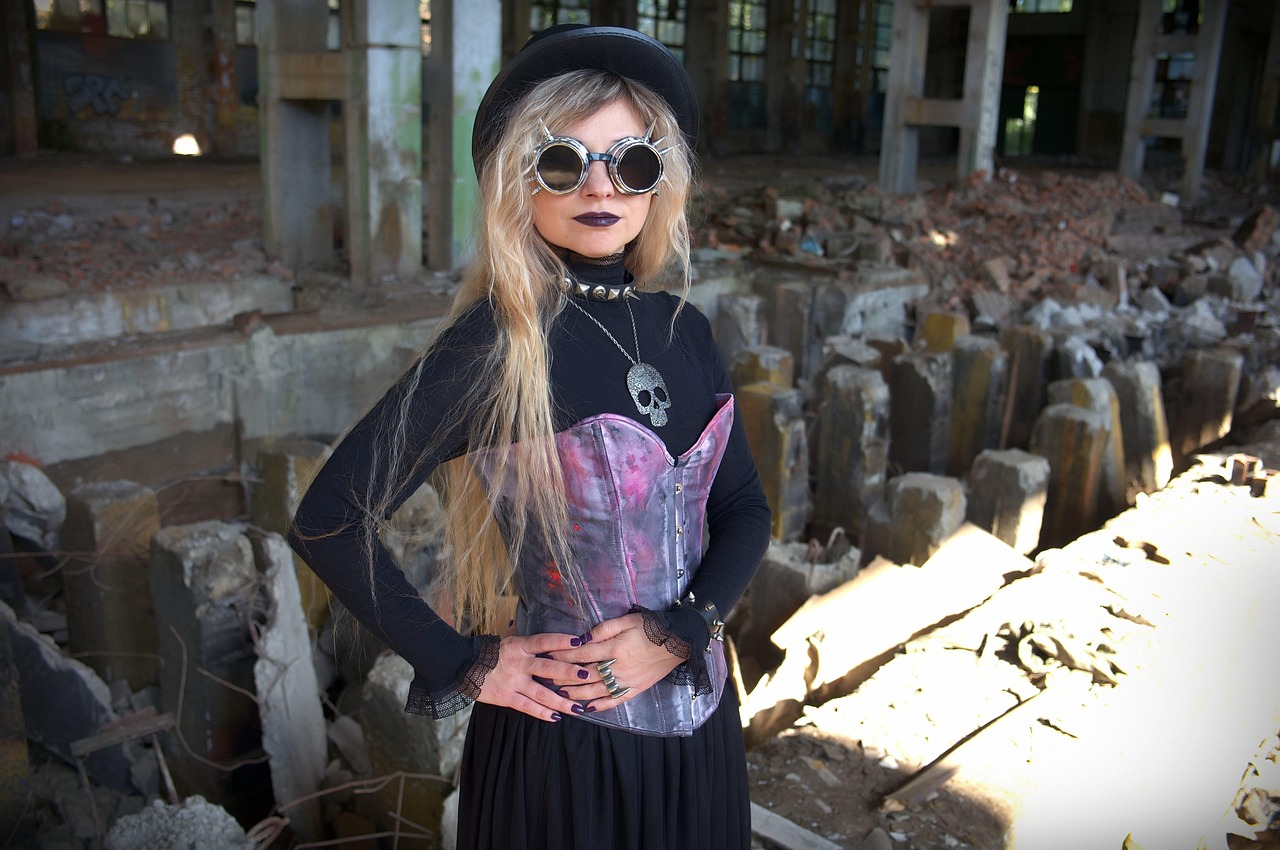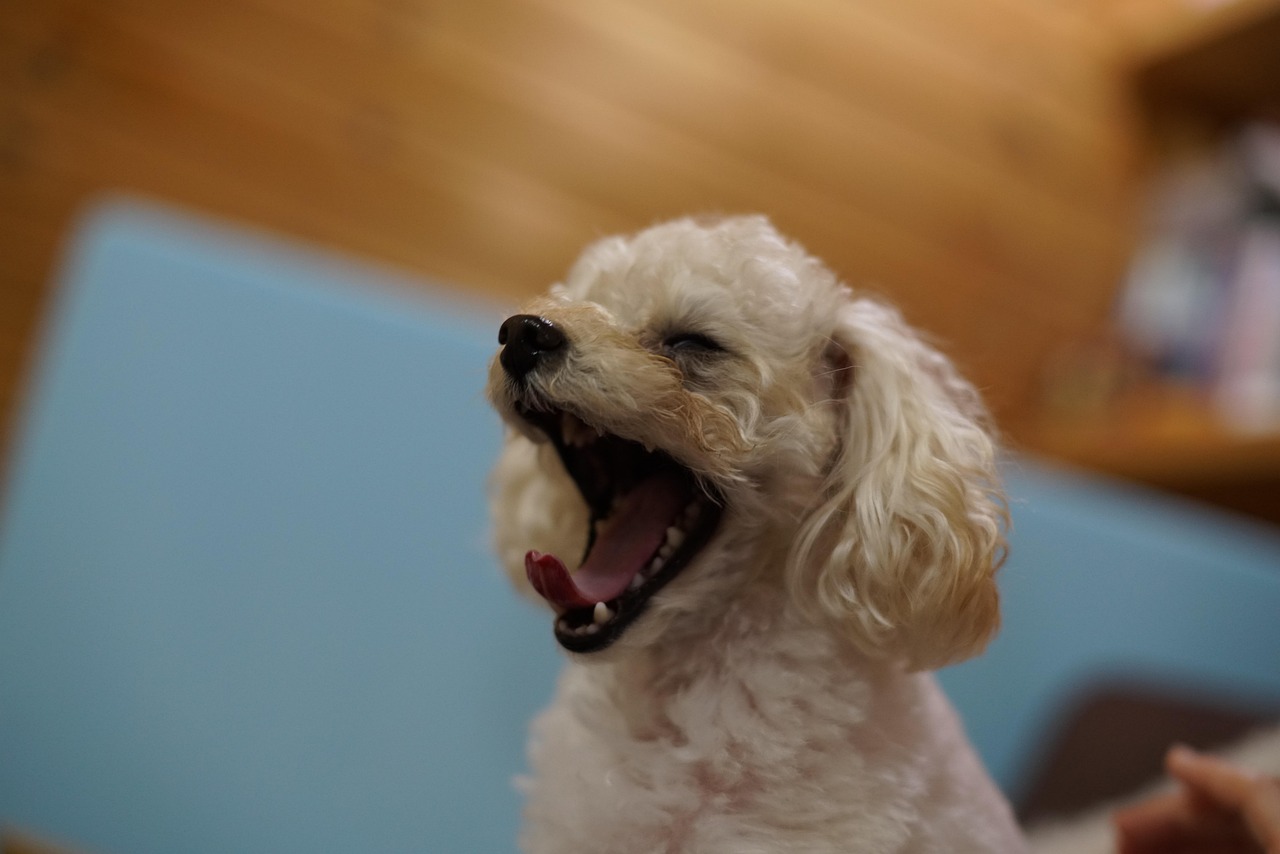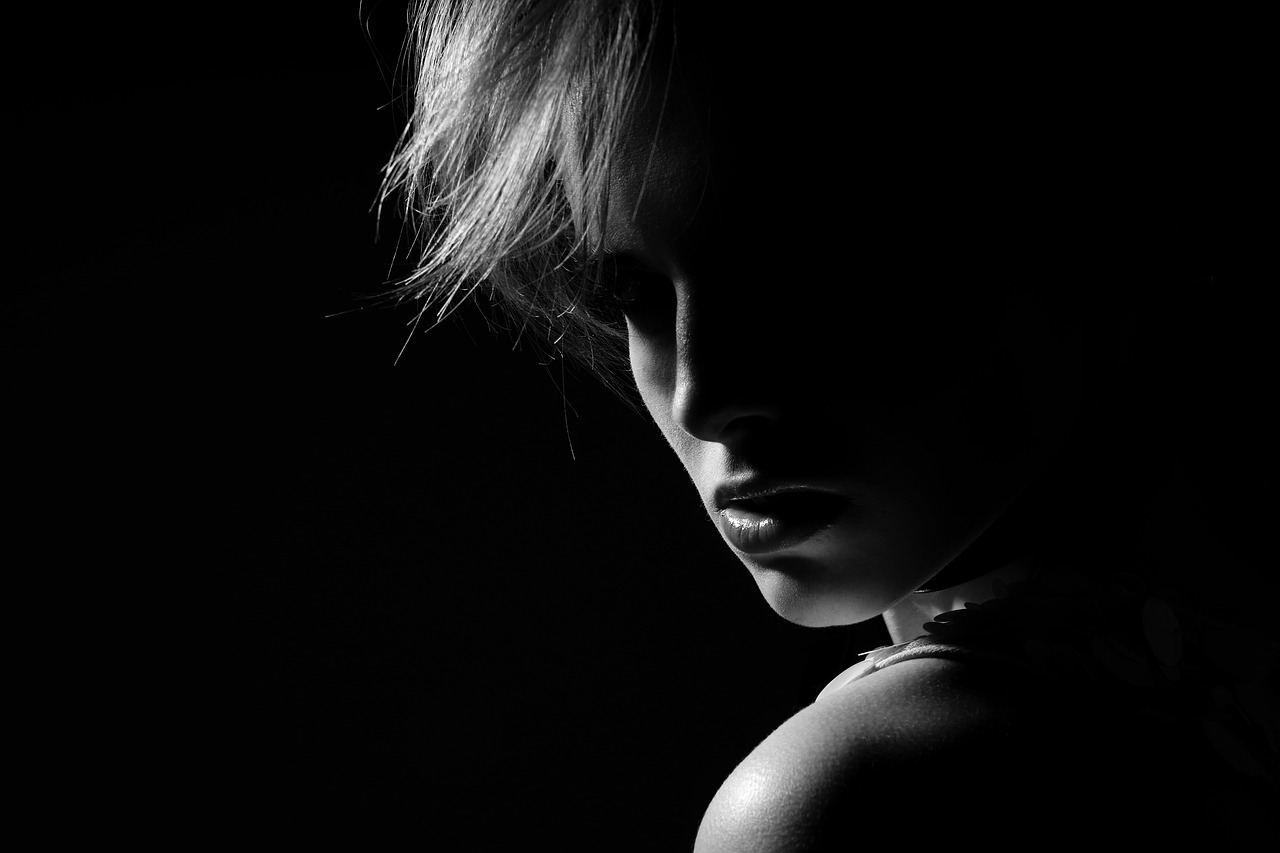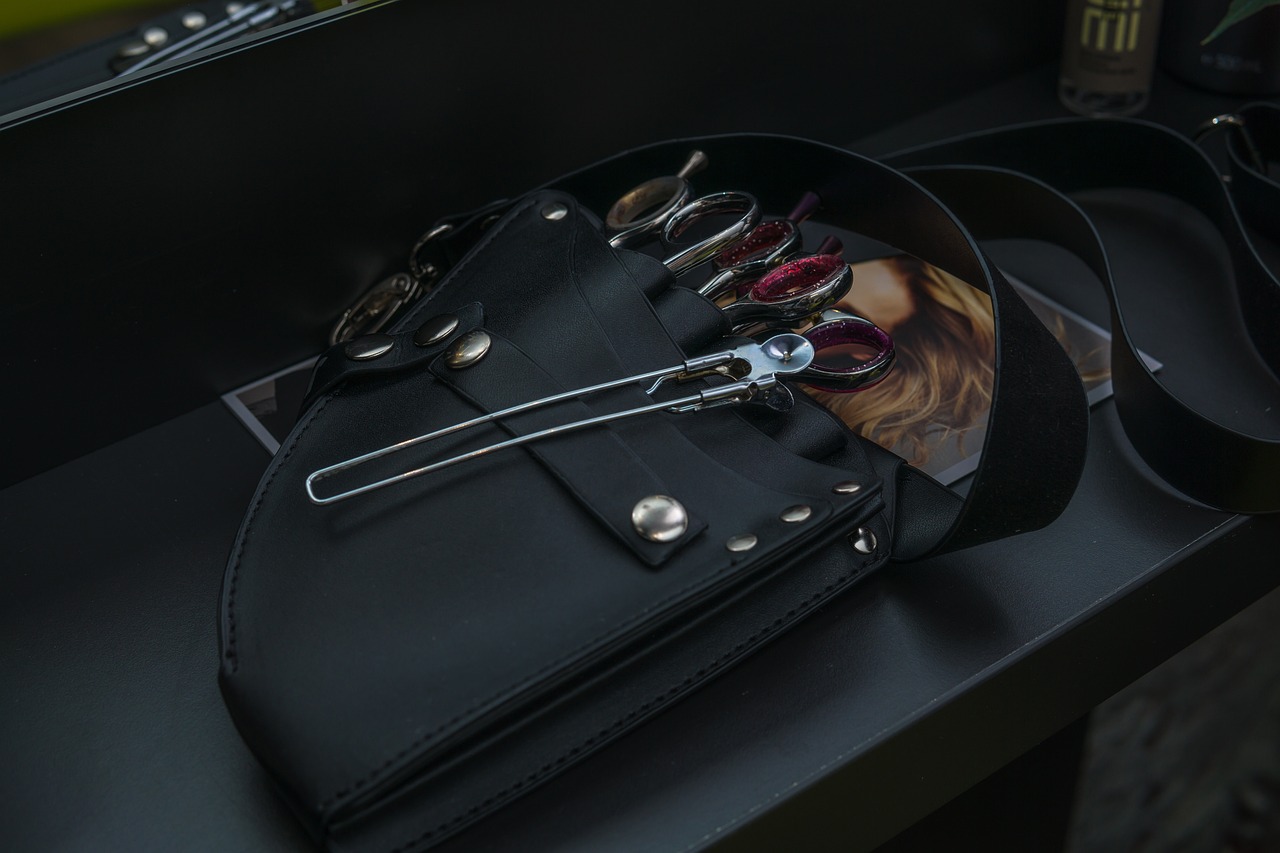Japanese Male Haircut Styles: Trendy and Traditional Cuts from Japan
Explore the diverse world of Japanese male haircut styles, where tradition meets modernity. This article delves into popular cuts, their cultural significance, and tips for achieving the perfect look. Japanese hairstyles are not just about aesthetics; they encapsulate a rich history and reflect the evolving trends in contemporary fashion.
Japanese haircuts range from traditional styles to contemporary trends. Discover the most sought-after cuts that reflect the unique aesthetics of Japanese culture and fashion. Some of the most popular styles include:
- Textured Crop: A modern favorite known for its versatility.
- Undercut: A bold choice that emphasizes the top length.
- Chonmage: A traditional style with deep cultural roots.
Selecting a haircut that complements your face shape is crucial. Learn how to identify your face shape and the most flattering Japanese styles for each type. Understanding your face shape can guide you in choosing a haircut that enhances your features.
Different face shapes require different haircut styles. This section explains the characteristics of various face shapes to help you make an informed decision:
| Face Shape | Recommended Styles |
|---|---|
| Round Face | Styles that add height and structure, like the textured crop. |
| Square Face | Softer styles that create balance, such as side-swept bangs. |
Traditional Japanese haircuts, such as the Chonmage and the Samurai topknot, remain influential. This section highlights their historical significance and modern adaptations. The Chonmage, once worn by samurai, symbolizes honor and tradition. It features a shaved crown with a topknot, representing a connection to Japan’s warrior past.
Many traditional hairstyles have been reimagined for today’s fashion. Stylists blend old and new techniques, offering fresh interpretations that resonate with younger generations. For example, the Samurai topknot has been adapted into contemporary styles that maintain its essence while appealing to modern sensibilities.
Stay ahead of the curve with the latest haircut trends in Japan for 2023. Emerging styles and popular techniques among Japanese men include:
- Textured Crop Styles: Gaining popularity for their versatility and ease of maintenance.
- Fade and Undercut Variations: Staples in modern Japanese hairstyling that can be customized for individual preferences.
Proper maintenance is key to keeping your haircut looking fresh. Regular trims and touch-ups are essential to maintain the shape and style of your haircut. Understanding how often you should visit the barber can help ensure your look stays sharp.
Using the right products can enhance your haircut. Explore recommended styling products such as pomades, waxes, and sprays to achieve the desired look. Techniques like blow-drying and texturizing can also elevate your hairstyle.
Finding a skilled barber is crucial for achieving the perfect Japanese haircut. Start by researching local barbershops that emphasize Japanese haircuts. Look for reviews and recommendations to find skilled professionals who understand the intricacies of Japanese styles.
Not all barbers have the same experience with Japanese styles. Look for barbers who specialize in Asian hair and have a portfolio showcasing their work. This ensures that you receive quality service and results tailored to your needs.

What Are the Most Popular Japanese Male Haircut Styles?
Japanese male haircut styles are a fascinating blend of tradition and modernity, showcasing the rich cultural heritage and contemporary fashion trends of Japan. From the iconic Chonmage to the trendy textured crops, there is a diverse array of styles that cater to various preferences and face shapes. This article explores the most popular Japanese male haircut styles, their cultural significance, and how they can enhance your look.
Japanese haircuts range from traditional styles to contemporary trends. Discover the most sought-after cuts that reflect the unique aesthetics of Japanese culture and fashion.
- The Chonmage: This traditional samurai hairstyle symbolizes honor and dignity. Although it has evolved, its essence remains a significant part of Japanese heritage.
- Samurai Topknot: Another classic, the topknot has seen modern adaptations, making it a stylish choice for contemporary men.
- Textured Crop: This style has gained immense popularity in recent years, known for its versatility and ease of maintenance. It allows for a casual yet fashionable look.
- Fade and Undercut: These modern staples provide a clean and sharp appearance, perfect for those looking to make a bold statement.
- Long Layers: Embracing longer hair, this style adds movement and texture, making it suitable for various occasions.
Japanese haircuts are characterized by their attention to detail and precision. Barbers often employ techniques that highlight the natural texture of the hair, creating styles that are both functional and aesthetically pleasing. The cultural significance of each style adds a layer of depth, making them more than just haircuts.
Selecting a haircut that complements your face shape is crucial. Here are some tips to help you identify your face shape and find the most flattering Japanese styles:
- Round Face: Opt for styles that add height, such as the textured crop or a spiky top, to elongate your features.
- Square Face: Choose softer styles, like layered cuts, to soften angular features and create balance.
- Oval Face: Lucky oval-faced individuals can pull off a variety of hairstyles, from the classic Chonmage to modern fades.
- Heart-Shaped Face: Styles with volume on the sides, such as side-swept bangs, can help balance a wider forehead.
Proper maintenance is key to keeping your haircut looking fresh. Regular trims and touch-ups are essential to maintain the shape and style. Additionally, using the right styling products can enhance your haircut:
- Regular Trims: Schedule visits to your barber every 4-6 weeks to keep your style sharp.
- Styling Products: Invest in quality pomades or waxes that suit your hair type and desired look.
- Daily Care: Follow a hair care routine that includes washing, conditioning, and protecting your hair from damage.
Finding a skilled barber is crucial for achieving the perfect Japanese haircut. Here are some tips for locating the best barbers and salons specializing in Japanese styles:
- Research Local Barbershops: Look for barbershops that emphasize Japanese haircut techniques. Online reviews and recommendations can guide you in making an informed choice.
- Understand Barber Expertise: Not all barbers have the same experience with Japanese styles. Look for professionals who showcase their portfolio or have trained in traditional techniques.
With a wide range of styles to choose from and the cultural significance behind them, Japanese male haircuts offer something for everyone. Whether you prefer a traditional look or a modern twist, understanding the options available can help you achieve a style that reflects your personality and enhances your appearance.

How to Choose the Right Japanese Haircut for Your Face Shape?
Selecting the right haircut can significantly influence your overall appearance, especially when it comes to enhancing your features. Understanding your face shape is the first step in making this crucial decision. In the world of Japanese hairstyles, where tradition and modernity intertwine, finding the most flattering cut for your unique face shape can elevate your style to new heights.
Before diving into specific haircut recommendations, it’s essential to identify your face shape. The primary face shapes include:
- Round: Characterized by a soft jawline and equal width and height.
- Square: Features a strong jawline with equal width across the forehead, cheekbones, and jaw.
- Oval: Considered the ideal shape, with balanced proportions and a slightly narrower jawline.
- Rectangular: Similar to oval but longer, with a more pronounced jawline.
- Heart: Wider forehead with a narrow chin, resembling a heart shape.
For individuals with a round face, the goal is to create the illusion of length. Haircuts that add height and volume on top, such as the textured pompadour or a longer quiff, are ideal. These styles draw attention upward, elongating the face. Avoid overly round cuts; instead, opt for styles with sharp angles that add definition.
Those with a square face should seek softer styles that counterbalance angular features. A side-swept fringe or a layered cut can soften the jawline while adding movement. The Japanese undercut with longer top layers can also work wonders in creating a harmonious look.
Lucky for those with an oval face, most haircut styles are flattering. However, to maintain balance, consider styles that add texture, like a messy crop or a spiky cut. These styles enhance the natural symmetry of the face while allowing for personal expression.
If you have a rectangular face, aim for haircuts that add width. Styles like the fringed bob or curly layers can soften the sharpness of your features. Avoid long, straight styles that can elongate your face further.
For a heart-shaped face, it’s best to choose haircuts that balance the width of the forehead with the narrow chin. A long bob with side-swept bangs or a layered cut can create a beautiful silhouette. These styles draw attention away from the chin while highlighting your eyes.
Once you have identified your face shape, consider exploring specific Japanese haircut styles that align with your features:
- Choppy Layers: Great for adding volume and texture, suitable for round and square faces.
- Undercut with Fringe: Works well for heart and oval faces, providing a modern twist.
- Long Textured Styles: Ideal for rectangular faces, these styles create softness and balance.
In conclusion, understanding your face shape is vital for selecting a haircut that not only complements your features but also reflects your personal style. By choosing from the diverse array of Japanese haircut styles, you can achieve a look that is both trendy and timeless.
Understanding Face Shapes
When it comes to choosing the right haircut, understanding your face shape is essential. Different face shapes require different haircut styles, and knowing your unique features can significantly enhance your overall appearance. In this section, we will explore the characteristics of various face shapes and offer guidance on selecting the most flattering haircut styles.
To find the perfect haircut, start by identifying your face shape. The most common face shapes include:
- Round
- Square
- Oval
- Heart
- Diamond
A round face is characterized by equal width and length, with soft, curved lines. The goal for round faces is to create the illusion of length and angles. Consider styles that add height, such as:
- Textured top styles that create volume
- Asymmetrical cuts that elongate the face
- Longer styles that fall below the chin
Square faces have strong jawlines and a broad forehead. The aim is to soften these angular features. Recommended styles include:
- Layered cuts that add softness
- Side-swept bangs to break up the strong lines
- Wavy styles that create movement
The oval face shape is considered the most versatile, with balanced proportions. Most haircut styles suit this face shape, including:
- Short cuts that highlight facial features
- Medium-length styles for added versatility
- Long layers to frame the face
A heart-shaped face features a wider forehead and a narrower chin. The objective is to balance the proportions with hairstyles such as:
- Side-parted styles to create width
- Chin-length bobs that add volume
- Long, straight styles to elongate the chin
Diamond faces are characterized by a narrow forehead and chin with broader cheekbones. The ideal haircuts for this shape include:
- Fringes that soften the forehead
- Long layers that add width at the jawline
- Soft curls to enhance the cheekbones
In summary, understanding your face shape is crucial for selecting a haircut that complements your features. By considering the characteristics of your face shape and the recommended styles, you can make an informed decision that enhances your overall look. Remember, the right haircut not only frames your face but also boosts your confidence and personal style.
Round Face
When it comes to choosing the right haircut for a , the key is to focus on styles that add height and structure. This face shape typically features a wider forehead and fuller cheeks, which can be beautifully complemented by certain hairstyles. Here, we explore some specific haircut recommendations that enhance your features while providing a stylish edge.
To achieve a flattering look, consider the following haircut styles:
- Long Layers: Long hairstyles with layers can elongate the face, creating an illusion of length. The layers should start below the chin to avoid adding width.
- Textured Pixie Cut: A textured pixie cut can add volume on top while keeping the sides sleek. This style creates height, drawing attention upward and away from the roundness of the face.
- Asymmetrical Bob: An asymmetrical bob, longer in the front and shorter in the back, can help to create angles that contrast with the softness of a round face.
- Side-Swept Bangs: Incorporating side-swept bangs can break up the roundness of the face, adding an asymmetrical element that flatters your features.
- Undercut Styles: An undercut can provide a bold look while maintaining volume on top. This contrast adds height and structure, making it a great choice for round faces.
For individuals with round faces, adding height and structure is crucial because it helps to balance the proportions of the face. Haircuts that create vertical lines can elongate the appearance of the face, making it look slimmer and more defined. This is particularly important for those looking to enhance their facial features.
Once you have chosen a haircut, styling plays a significant role in achieving the desired effect. Here are some tips:
- Use Volumizing Products: Products that add volume can help lift the hair at the roots, enhancing the height of your hairstyle.
- Blow-Dry with a Round Brush: Blow-drying your hair with a round brush can create curls and volume, contributing to a more elongated look.
- Avoid Full, Straight Bangs: While bangs can be stylish, full, straight bangs can emphasize roundness. Opt for side-swept or textured bangs instead.
When considering a new haircut, it’s always beneficial to consult with a professional stylist. They can provide personalized advice based on your hair type and texture, ensuring that the chosen style works harmoniously with your round face shape. A skilled barber or stylist can also offer insights into modern trends that suit your aesthetic.
In conclusion, selecting the right haircut for a round face involves understanding which styles add height and structure. By choosing flattering cuts and employing effective styling techniques, you can enhance your natural beauty and create a look that is both stylish and sophisticated.
Square Face
When it comes to selecting the perfect haircut for a , the primary goal is to soften the strong, angular features that characterize this face shape. A square face typically has a broad forehead, strong jawline, and wide cheekbones, which can be beautifully balanced with the right hairstyle. Below, we explore various haircut options that can help create harmony and enhance your overall appearance.
Before diving into specific haircut styles, it’s essential to understand the unique features of a square face. The key characteristics include:
- Defined Jawline: A prominent jawline that is often as wide as the forehead.
- Broad Forehead: The forehead width is similar to the jawline.
- Angular Cheekbones: Cheekbones that are less rounded and more pronounced.
Here are some haircut styles that can soften the angles of a square face:
- Textured Layers: Adding layers to your haircut can create movement and softness. Textured layers around the face can help to break up the sharp lines, making the face appear more oval.
- Side-Swept Bangs: Bangs that are swept to one side can soften the forehead and draw attention away from the jawline. This style adds a touch of elegance while balancing the facial features.
- Longer Styles: Haircuts that fall below the chin can elongate the face and reduce the emphasis on the jawline. Consider styles with soft waves or curls for added dimension.
- Soft Bob: A bob that hits just below the jawline with subtle waves can provide a chic look while softening the angles of a square face.
- Undercut with Volume: An undercut can add height and volume to the top of the head, diverting attention from the angular features. Pair it with textured or curly hair on top for a trendy look.
When selecting a haircut for a square face, consider the following tips:
- Consult with a Stylist: A professional stylist can provide personalized advice based on your hair type and lifestyle.
- Experiment with Length: Different lengths can dramatically change the way your face shape is perceived. Try various lengths to see what works best for you.
- Consider Hair Texture: The texture of your hair can influence how a haircut looks. Fine hair may require different styling than thick, coarse hair.
To maintain your haircut and enhance its features, consider using the following styling products:
- Texturizing Spray: This can help create volume and definition in layered hairstyles.
- Hair Cream: Ideal for controlling frizz and adding softness to straight or wavy hair.
- Heat Protectant: Essential for protecting your hair when using styling tools to create curls or waves.
In conclusion, choosing the right haircut for a square face involves understanding your unique features and selecting styles that soften angular lines. With the right cut and styling techniques, you can achieve a balanced and harmonious look that enhances your natural beauty.
Choosing the Right Cut
Choosing the right haircut is essential for expressing your personal style and enhancing your features. When it comes to Japanese haircuts, there is a rich variety of options that cater to different face shapes, hair types, and personal preferences. Understanding your face shape is the first step in selecting a haircut that not only flatters your appearance but also complements your lifestyle.
Determining your face shape is straightforward and can be done by observing the proportions and contours of your face. Common face shapes include:
- Round: Characterized by full cheeks and a rounded chin.
- Square: Features a strong jawline and equal width across the forehead and jaw.
- Oval: Slightly longer than wide with a rounded jawline.
- Heart: Wider forehead with a narrow chin.
- Long: Longer than it is wide, often with high cheekbones.
Once you understand your face shape, it’s time to explore specific Japanese haircut options tailored to enhance your look. Here are some popular styles for each face shape:
To elongate a round face, opt for haircuts that add height and structure. Consider:
- Textured Layers: Adding layers on top can create volume, drawing the eye upwards.
- Longer Styles: A longer hairstyle can help elongate the face, especially when styled with soft waves.
Softening the angular features of a square face is key. Recommended styles include:
- Side-Swept Bangs: These can soften the forehead and create a more balanced look.
- Wavy Textures: Adding waves can soften the sharpness of a square jawline.
Oval faces are versatile and can pull off many styles. Popular choices are:
- Medium-Length Cuts: These styles frame the face beautifully without overwhelming it.
- Undercuts: An undercut can add a modern edge while still maintaining balance.
To balance a wider forehead with a narrower chin, consider:
- Longer Styles with Volume: Styles that add volume at the chin can create harmony.
- Side-Parted Styles: A side part can help balance the proportions of a heart-shaped face.
To create the illusion of width, opt for styles such as:
- Fringes: Bangs can shorten the appearance of a long face.
- Curly or Wavy Styles: Adding curls or waves can add volume and width.
In conclusion, understanding your face shape is crucial when choosing a Japanese haircut. By selecting a style that complements your facial features, you can enhance your overall appearance and feel more confident. Whether you prefer traditional styles or modern cuts, there’s a perfect Japanese haircut waiting for you.

What Traditional Japanese Haircuts Are Still Popular Today?
Japanese culture is rich in tradition, and this is clearly reflected in its hairstyles. Among the most notable are the Chonmage and the Samurai topknot, which not only embody a historical significance but also continue to influence modern hairstyling trends. This section explores the enduring appeal of these traditional haircuts and their adaptations in contemporary fashion.
The Chonmage is a traditional Japanese haircut that dates back to the Edo period. Originally, it was worn by samurai as a symbol of their status and honor. The hairstyle features a shaved crown with the remaining hair tied into a topknot, which served practical purposes, such as keeping the warrior’s helmet secure during battle. Over the years, the Chonmage has transcended its martial roots and has become a symbol of cultural heritage in Japan.
In recent years, the Chonmage has seen a resurgence in popularity, particularly among fashion-forward individuals looking to blend tradition with modern aesthetics. Today, stylists are reinterpreting this classic style by incorporating elements such as:
- Textured layers to add volume and movement
- Color highlights for a contemporary twist
- Variations in the topknot to suit personal style
These adaptations allow wearers to embrace their cultural roots while expressing individuality.
Another iconic hairstyle is the Samurai topknot, which also has deep historical roots. This style was not only practical for samurai warriors but also represented their strength and discipline. The topknot was often paired with a clean-shaven face, emphasizing the warrior’s fierce demeanor.
Today, the Samurai topknot has evolved into a fashionable choice for many men. It is often worn in a more relaxed manner, allowing for creative expression. Modern interpretations include:
- Loose, casual topknots that are easy to maintain
- Half-up styles that combine the topknot with flowing hair
- Incorporating braids or twists for added texture
These variations make the Samurai topknot accessible to a broader audience, appealing to those who appreciate both tradition and modernity.
Several factors contribute to the resurgence of traditional Japanese haircuts like the Chonmage and Samurai topknot. Firstly, there is a growing interest in cultural heritage among younger generations. Many individuals are seeking ways to connect with their roots and express their identity through hairstyle.
Secondly, the influence of social media has played a significant role in popularizing these styles. Platforms like Instagram and TikTok showcase diverse interpretations of traditional haircuts, inspiring users to experiment with their looks. Influencers and celebrities sporting these styles further cement their place in contemporary fashion.
Traditional Japanese haircuts such as the Chonmage and Samurai topknot continue to hold significant cultural value while adapting to modern trends. Their historical roots and contemporary interpretations reflect a unique blend of tradition and innovation, making them a popular choice among individuals looking to celebrate their heritage while staying stylish.
The Chonmage: A Timeless Classic
The Chonmage, a traditional Japanese hairstyle, holds a significant place in the cultural history of Japan. Once worn by samurai, this distinctive topknot not only symbolizes honor and tradition but also represents the enduring legacy of Japanese craftsmanship and aesthetics. In this section, we will explore the unique features of the Chonmage and its evolution into contemporary styling.
The Chonmage is characterized by its unique style, where the hair is shaved on the front and sides, while the top is gathered into a topknot. This style served practical purposes for samurai, allowing them to wear their helmets comfortably during battles. The topknot was also a sign of social status, as only samurai were permitted to wear it. Today, the Chonmage is often associated with traditional ceremonies and cultural events.
- Symbol of Status: Historically, the Chonmage indicated the wearer’s rank and role within society.
- Practical Design: The hairstyle was designed to be functional, keeping hair out of the face during combat.
- Cultural Significance: The Chonmage is deeply rooted in Japanese history, symbolizing loyalty and the samurai code.
In modern times, the Chonmage has undergone various transformations while still retaining its essence. Contemporary stylists have embraced this classic cut, adapting it for modern fashion trends. Today, variations of the Chonmage can be seen in fashion shows and among influencers, showcasing its versatility and enduring appeal.
Many barbers and hairstylists have started to incorporate elements of the Chonmage into modern cuts. For instance, the topknot can be styled with different lengths and textures, allowing for a more casual or edgy look. Some stylists blend the Chonmage with undercuts or fades, creating a unique fusion of traditional and contemporary styles.
If you’re interested in trying out this iconic hairstyle, here are some tips:
- Consult a Professional: Seek a barber experienced in traditional Japanese hairstyles for the best results.
- Consider Hair Texture: The Chonmage works well with various hair types, but understanding your hair texture can help in achieving the ideal look.
- Maintenance: Regular trims are essential to keep the topknot looking sharp and well-defined.
The Chonmage remains a powerful symbol of Japanese culture, embodying the values of honor and tradition. As it continues to evolve, this hairstyle serves as a reminder of the rich history and artistry of Japan. Whether worn in its traditional form or adapted for modern fashion, the Chonmage is a timeless classic that resonates with both history and contemporary style.
Modern Takes on Traditional Styles
In the ever-evolving world of fashion, hairstyles play a crucial role in expressing one’s identity and cultural heritage. Japanese hairstyling is no exception, as it seamlessly blends traditional elements with modern aesthetics. The resurgence of traditional Japanese hairstyles in contemporary fashion highlights a fascinating intersection of the past and present. This article delves into how stylists are creatively reimagining classic styles to resonate with today’s trends.
Many traditional hairstyles have been reinterpreted to suit modern tastes while retaining their cultural significance. For instance, the Chonmage, a style historically worn by samurai, has seen a revival in various forms. Today’s stylists might incorporate elements of the Chonmage into contemporary cuts, creating a look that pays homage to its roots while appealing to a younger audience.
- Samurai Topknot Variations: The classic topknot has evolved into various styles that can be worn casually or formally. Modern interpretations often feature textured finishes, allowing for a more relaxed yet sophisticated look.
- Layered Cuts with Traditional Influence: Stylists are blending layered cuts with traditional techniques to create volume and movement. This approach retains the essence of Japanese aesthetics while offering versatility for everyday wear.
- Undercut with Cultural Elements: The undercut, a popular choice among young men, can be paired with traditional motifs or textures, providing a unique twist that honors cultural heritage.
The rise of social media and global fashion trends has made traditional Japanese hairstyles more accessible and appealing to a wider audience. Many individuals are drawn to the rich history and cultural significance behind these styles, making them not just a fashion statement but also a form of personal expression.
To achieve these modern takes on traditional styles, consider the following tips:
1. Consult with a barber who specializes in Japanese hairstyles.2. Experiment with hair products that enhance texture and hold.3. Embrace customization - don’t hesitate to modify traditional styles to fit your personality.
Using the right products is essential for maintaining the integrity of your hairstyle. Look for texturizing sprays, matte pomades, and lightweight gels that can help achieve the desired look without weighing your hair down.
For those seeking inspiration, platforms like Instagram and Pinterest are treasure troves of ideas. Follow Japanese hairstylists and influencers who showcase their interpretations of traditional styles, providing a fresh perspective on how to incorporate these looks into your daily life.
In conclusion, the reimagining of traditional Japanese hairstyles reflects a broader trend of cultural appreciation and innovation in fashion. By blending the old with the new, stylists are not only preserving these timeless looks but also making them relevant for future generations.

What Are the Trends in Japanese Male Haircuts for 2023?
As we delve into the world of Japanese male haircuts for 2023, it’s essential to recognize the blend of tradition and modernity that defines these styles. The dynamic landscape of hairstyling in Japan is influenced by cultural nuances and global trends, making it a fascinating subject for anyone interested in contemporary fashion.
This year, Japanese men are embracing a variety of innovative haircut trends that reflect their unique sense of style. Here, we explore the most notable trends that are shaping the haircut scene in Japan.
One of the standout trends in 2023 is the textured crop. This style is characterized by its short length and tousled appearance, making it both stylish and low-maintenance. The textured crop is particularly appealing to younger men who appreciate a more relaxed yet fashionable look. To achieve this style, consider using a lightweight styling cream or pomade that enhances texture without weighing down the hair.
Fades and undercuts continue to dominate the Japanese haircut scene. In 2023, we see creative variations of these styles, allowing for personalization and flair. The fade can be combined with longer top styles or even a textured crop for a modern twist. The undercut, on the other hand, provides a sharp contrast that can be styled in numerous ways, from slicked back to messy and casual.
While short haircuts are popular, longer styles with layers are also making waves this year. These cuts offer versatility and can be styled in various ways, from casual to formal looks. The layered approach adds movement and dimension, making it a great option for men with thicker hair. To maintain this style, regular trims are essential to keep the layers looking fresh and well-defined.
Another trend gaining traction in 2023 is the natural look. This style emphasizes a more effortless appearance, often achieved with minimal styling products. Men are opting for haircuts that enhance their natural texture and flow, steering away from overly polished styles. This trend aligns with a broader cultural shift towards authenticity and simplicity in personal grooming.
Color is playing a significant role in Japanese male haircuts this year. Subtle highlights or bold colors can add a unique touch to any haircut. Men are experimenting with shades ranging from natural tones to vibrant hues, allowing for self-expression and individuality. When incorporating color, it’s important to consult with a professional stylist to ensure the best results while maintaining hair health.
With so many styles trending, how do you choose the right haircut? Start by considering your face shape and personal style. Consult with a skilled barber who understands these trends and can recommend the best options for your features. Remember, the key to a great haircut is not just following trends but finding a style that makes you feel confident and comfortable.
In conclusion, the trends in Japanese male haircuts for 2023 are a reflection of the evolving fashion landscape, combining traditional elements with modern flair. From textured crops to natural looks, there is something for everyone. Embrace these trends and express your unique style!
Textured Crop Styles
Textured crop styles have emerged as a **popular choice** among young men, offering a perfect blend of **style** and **functionality**. This haircut is characterized by its short length and layered texture, making it incredibly versatile and easy to maintain. In this section, we will explore the appeal of textured crops, how to achieve the look, and tips for styling.
Why Are Textured Crops So Popular?
The rise in popularity of textured crops can be attributed to several factors:
- Versatility: Textured crops can be styled in various ways, making them suitable for both casual and formal occasions.
- Low Maintenance: This style requires minimal effort to maintain, making it ideal for busy individuals.
- Modern Aesthetic: The contemporary look of textured crops aligns with current fashion trends, appealing to younger generations.
How to Achieve the Textured Crop Look?
Achieving the perfect textured crop involves a few key steps:
- Consult a Professional: Start by visiting a skilled barber who understands the textured crop style. Discuss your preferences and desired length.
- Layering: The barber will create layers to add texture, enhancing the overall look. This step is crucial for achieving the desired effect.
- Choosing the Right Length: The length of the crop can vary. A shorter crop may be more edgy, while a slightly longer one can offer a softer appearance.
Styling Your Textured Crop
Once you have the cut, styling is essential to maintain its appearance. Here are some effective techniques:
- Use Quality Products: Invest in a good styling product, such as a matte pomade or wax, to add definition without weighing down the hair.
- Drying Technique: After washing your hair, towel dry and use a blow dryer to add volume. This technique helps to enhance the texture.
- Finger Styling: Use your fingers to tousle the hair while applying product. This method creates a more natural, effortless look.
Who Can Pull Off a Textured Crop?
The beauty of textured crops is that they can suit various face shapes and hair types. However, certain considerations can help you determine if this style is right for you:
- Face Shape: Textured crops generally look great on oval, square, and rectangular face shapes, as they can complement angular features.
- Hair Type: This style works well on straight, wavy, and even curly hair, as the texture can be enhanced regardless of the natural hair type.
In conclusion, textured crop styles are a fantastic option for young men looking to express their individuality while maintaining a practical and stylish appearance. With the right cut and styling techniques, anyone can achieve this trendy look. Whether you’re heading to work or out for a casual evening, the textured crop is a versatile choice that can adapt to any occasion.
Fade and Undercut Variations
When it comes to contemporary Japanese hairstyling, fades and undercuts have emerged as two of the most popular and versatile options. These styles not only offer a modern aesthetic but also allow for a high degree of customization, making them appealing to a wide range of individuals. In this section, we will explore the various types of fades and undercuts, how they can be tailored to suit personal preferences, and the best ways to style them.
Fades refer to a gradual transition of hair length from short to long, typically starting with a very short length at the sides and back, fading into longer hair on top. This creates a seamless blend that can be adjusted to achieve different looks. On the other hand, an undercut involves shaving or cutting the hair on the sides and back much shorter than the hair on top, creating a stark contrast. Both styles can be adapted to suit various hair types and personal styles.
- Low Fade: This type starts just above the ears and gradually blends into the longer hair on top. It’s subtle and works well for those who prefer a less dramatic look.
- Mid Fade: The fade begins at the midpoint of the head, offering a balanced transition that suits most face shapes.
- High Fade: This style starts higher on the head, creating a more pronounced contrast. It’s ideal for those looking to make a bold statement.
- Skin Fade: A skin fade goes all the way down to the skin, providing an ultra-clean look. It’s a popular choice for modern styles.
- Disconnected Undercut: This style features a stark contrast between the top and the sides, making it a favorite for edgy looks.
- Fade Undercut: Combining elements of both styles, the sides are faded while the top remains long, allowing for versatility in styling.
- Textured Undercut: This involves adding texture to the longer hair on top for a more relaxed, tousled appearance.
One of the most appealing aspects of fades and undercuts is their adaptability. You can customize the length of the fade or the degree of the undercut based on your personal style. For instance, if you prefer a softer look, opt for a low fade or a textured undercut. Conversely, if you want to make a statement, a high fade or disconnected undercut can provide that bold appearance.
To maintain your fade or undercut, regular visits to the barber are essential. Typically, every 3-6 weeks is recommended to keep the style sharp. Additionally, using the right styling products can enhance your look:
- Pomade: Great for achieving a sleek, polished finish.
- Mousse: Ideal for adding volume and texture to longer hair on top.
- Hair Wax: Provides a flexible hold, perfect for creating messy or tousled styles.
In conclusion, fades and undercuts are not just trendy; they are versatile styles that can be tailored to fit individual preferences. Whether you prefer a subtle fade or a bold undercut, these styles can be adapted to suit your unique personality. With the right barber and styling products, you can achieve a look that is both modern and distinctly your own.

How to Maintain Your Japanese Haircut?
Maintaining your Japanese haircut is essential for ensuring it stays fresh and stylish. With the right care and attention, you can keep your look sharp and appealing. Below are some practical tips and techniques tailored specifically for Japanese haircuts.
Proper maintenance is not just about aesthetics; it’s also about preserving the cultural significance and craftsmanship behind Japanese hairstyles. Regular upkeep allows you to maintain the intended shape and style, ensuring that your haircut reflects the artistry involved.
To keep your haircut looking its best, regular trims are crucial. Depending on the style, visiting your barber every 4 to 6 weeks can help maintain the shape and remove split ends. For styles like the textured crop or undercut, frequent touch-ups are necessary to prevent the hair from growing out of shape.
Using the right products can significantly enhance your Japanese haircut. Here are some recommendations:
- Hair Wax: Ideal for achieving a textured look, hair wax provides hold without making the hair stiff.
- Pomade: Great for sleek styles, pomade offers shine and flexibility, making it suitable for traditional cuts.
- Hair Spray: A light mist can help maintain your style throughout the day without weighing it down.
When styling, consider using blow-drying techniques to add volume and shape to your haircut. For a more natural look, you can air-dry your hair and use your fingers to style it.
How often should you wash your hair? This depends on your hair type and lifestyle. Generally, washing your hair 2-3 times a week is sufficient for most people. Use a mild shampoo and a nourishing conditioner to keep your hair healthy. Look for products that are specifically designed for your hair type, whether it’s thick, fine, or curly.
To maintain the integrity of your haircut, it’s essential to protect your hair from damage:
- Avoid Excessive Heat: Limit the use of heat styling tools, as they can cause dryness and breakage.
- Sun Protection: If you spend a lot of time outdoors, consider using hair products with UV protection to shield your hair from sun damage.
- Healthy Diet: A balanced diet rich in vitamins and minerals can promote healthy hair growth and improve the overall appearance of your haircut.
Different hair types require different maintenance approaches. For instance, if you have thick hair, you might need heavier products for hold, while fine hair may benefit from lighter formulations. Understanding your hair type will help you choose the right products and techniques for optimal maintenance.
If you’re unsure about how to maintain your haircut, consider consulting with your barber. They can provide personalized advice based on your specific haircut and hair type. Regular visits to a skilled barber can also help you learn new styling techniques and keep your haircut looking fresh.
In conclusion, maintaining your Japanese haircut involves a combination of regular trims, appropriate styling products, and protective measures. By following these tips, you can ensure that your haircut remains a reflection of your personal style and the rich cultural heritage it represents.
Regular Trims and Touch-Ups
When it comes to maintaining your haircut, regular trims and touch-ups are not just recommended; they are essential for keeping your style looking its best. Whether you prefer a traditional Japanese cut or a modern style, understanding how often you should visit your barber can make a significant difference in the overall appearance and health of your hair.
The frequency of your trims depends on several factors, including your hair type, the style you choose, and how quickly your hair grows. Here are some general guidelines:
- Short Styles: If you have a short haircut, such as a buzz cut or a textured crop, visiting the barber every 4 to 6 weeks is ideal to maintain sharp lines and prevent the style from looking unkempt.
- Medium Length Cuts: For medium-length styles, such as a classic Japanese undercut, a trim every 6 to 8 weeks is typically sufficient. This helps maintain shape while allowing for some growth.
- Longer Styles: If you have longer hair or a style that requires more maintenance, consider scheduling a trim every 8 to 12 weeks. This will help remove split ends and keep your hair healthy.
Regular touch-ups are crucial for several reasons:
- Maintaining Shape: Over time, hair can lose its structure and shape. Regular visits to your barber ensure that your haircut remains fresh and well-defined.
- Promoting Healthy Hair: Frequent trims help prevent split ends, which can travel up the hair shaft and cause more damage. Keeping your hair healthy is essential for achieving that polished look.
- Adapting to Changes: Your hair may change over time due to factors like aging or seasonal changes. Regular appointments allow your barber to adjust your cut to suit these changes.
To ensure you maintain your haircut effectively, consider the following tips:
1. Keep a calendar: Mark your trim appointments on a calendar to stay on track.2. Communicate with your barber: Discuss your hair growth rate and style preferences during your visits.3. Be flexible: If you notice your hair growing faster or your style changing, don't hesitate to adjust your appointment frequency.
Choosing the right barber is just as important as the frequency of your visits. Look for a barber who specializes in the styles you prefer, particularly Japanese haircuts if that’s your interest. Check online reviews and ask for recommendations to ensure you find someone who understands your vision.
In summary, maintaining your haircut with regular trims and touch-ups is vital for keeping your style sharp and your hair healthy. By understanding the right schedule for your hair type and choosing the right barber, you can ensure that you always look your best.
Styling Products and Techniques
When it comes to achieving the perfect haircut, styling products and techniques play a crucial role. The right products can not only enhance your haircut but also help you express your personal style. In this section, we will explore various recommended styling products and techniques that can help you achieve your desired look.
Using the right styling products can make a significant difference in how your haircut looks and feels. They help in:
- Adding Texture: Products like pomades and waxes can create defined styles or a messy, textured look.
- Providing Hold: Gels and sprays offer varying degrees of hold, ensuring your hairstyle stays in place throughout the day.
- Enhancing Shine: Shiny finishes can elevate a haircut, making it appear more polished and sophisticated.
Here are some popular styling products that cater to different hair types and desired styles:
| Product Type | Best For | Key Benefits |
|---|---|---|
| Pomade | Slicked-back styles | Flexible hold, adds shine |
| Hair Wax | Textured looks | Matte finish, strong hold |
| Gel | Structured styles | Long-lasting hold, wet look |
| Hair Spray | Finishing touch | Extra hold, controls frizz |
In addition to using the right products, employing effective styling techniques is essential. Here are some tips to consider:
- Blow Drying: Use a blow dryer to add volume and shape. For a more structured look, direct the airflow towards the roots.
- Finger Styling: For a more casual look, use your fingers to style your hair. This technique works well with wax or pomade.
- Comb Techniques: A fine-tooth comb can help achieve a sleek finish, while a wide-tooth comb can create a more relaxed vibe.
Understanding your hair type is key to selecting the right products. Here are some guidelines:
- Fine Hair: Opt for lightweight products like mousse or light pomade to avoid weighing your hair down.
- Thick Hair: Use stronger products such as wax or gel for better control and hold.
- Curly Hair: Creams and curl enhancers can help define curls without causing frizz.
In conclusion, using the right styling products and techniques can significantly enhance your haircut. By understanding the products available and how to apply them effectively, you can achieve a look that reflects your personality and style. Don’t hesitate to experiment with different products and techniques until you find the perfect combination that works for you!

Where to Find the Best Barbers for Japanese Haircuts?
Finding a skilled barber is crucial for achieving the perfect Japanese haircut. The art of Japanese hairstyling encompasses a blend of traditional techniques and modern aesthetics, making it essential to choose a barber who understands the intricacies involved. Here are some effective tips to help you locate the best barbers and salons specializing in Japanese styles.
Start by researching local barbershops that emphasize Japanese haircuts. Utilize online platforms such as Google Maps and Yelp to find barbershops in your area. Pay attention to customer reviews and ratings, as they often reflect the skill level and expertise of the barbers. Look for keywords like “Japanese haircut,” “Asian barber,” or “specialized in Japanese styles” in reviews to pinpoint the right places.
Social media platforms like Instagram and Facebook are excellent resources for discovering talented barbers. Many barbers showcase their work online, giving you a glimpse of their styling capabilities. Search for hashtags such as #JapaneseHaircut or #JapaneseBarber to find specific styles that appeal to you. Review their portfolios to see if their aesthetic aligns with your desired look.
Not all barbers possess the same level of experience with Japanese styles. When choosing a barber, look for those who have specialized training or significant experience in Japanese haircuts. You can inquire about their background, training, and how long they have been practicing these techniques. A skilled barber will understand the unique characteristics of Japanese hair, including texture and growth patterns, which can significantly impact the final result.
Word-of-mouth recommendations can be invaluable. Ask friends, family, or colleagues if they know of any skilled barbers who specialize in Japanese haircuts. Personal experiences can provide insights that online reviews might not cover. If you see someone with a great haircut, don’t hesitate to ask them where they got it done!
Once you have a shortlist of potential barbers, consider visiting them for consultations. This allows you to gauge their communication skills and approach to hairstyling. Discuss your desired haircut and ask for their opinion on what would work best for your hair type and face shape. A professional barber will provide honest feedback and suggest styles tailored to your needs.
When visiting a barbershop, observe the cleanliness and professionalism of the environment. A well-maintained shop reflects a barber’s commitment to quality and hygiene. Pay attention to how the staff interacts with clients, as a friendly and welcoming atmosphere can enhance your overall experience.
Pricing can vary significantly between barbershops, especially those specializing in Japanese haircuts. While it’s essential to find a barber within your budget, be cautious of prices that seem too good to be true. High-quality services often come at a premium, so consider investing a bit more for a skilled barber who understands the nuances of Japanese styling.
In conclusion, finding the right barber for a Japanese haircut involves research, recommendations, and personal interactions. By following these tips, you can ensure that you choose a skilled professional capable of delivering the perfect haircut that reflects your style and personality.
Researching Local Barbershops
When it comes to achieving the perfect Japanese haircut, finding the right barber is essential. A skilled barber not only understands the nuances of Japanese styling but also knows how to tailor the cut to your individual features. Here’s how to effectively research local barbershops that specialize in Japanese haircuts.
- Start with Online Reviews: Utilize platforms like Google, Yelp, and social media to read reviews from previous customers. Look for comments on the quality of haircuts, customer service, and overall experience.
- Seek Recommendations: Ask friends, family, or colleagues if they know any barbershops that specialize in Japanese haircuts. Personal recommendations can lead you to skilled professionals.
- Check Portfolios: Many barbershops showcase their work on Instagram or their websites. Look for photos of previous haircuts to gauge their expertise in Japanese styles.
- Visit Barbershops: If possible, visit a few barbershops in your area. This allows you to observe the environment, interact with the barbers, and assess their knowledge of Japanese haircut techniques.
When evaluating a barbershop, consider the following factors:
- Specialization: Ensure the barber has experience with Japanese haircuts. Not all barbers are familiar with the specific techniques and styles that characterize Japanese grooming.
- Consultation: A good barber will take the time to consult with you about your desired look. They should ask questions about your hair type, lifestyle, and personal style to recommend the best cut.
- Hygiene and Safety: Pay attention to the cleanliness of the barbershop. A well-maintained shop reflects professionalism and care for clients’ well-being.
Once you’ve narrowed down your options, consider scheduling a consultation appointment. This allows you to discuss your haircut preferences and see how comfortable you feel with the barber. During the consultation, don’t hesitate to ask about their experience with Japanese haircuts and any products they might recommend.
Additionally, keep an eye out for barbers who frequently update their skills through workshops or training. This commitment to learning indicates a passion for their craft and a dedication to providing high-quality service.
In conclusion, finding the right barber for your Japanese haircut involves thorough research and consideration of various factors. By prioritizing online reviews, personal recommendations, and direct interactions, you can locate a skilled barber who will help you achieve the style you desire. With the right professional, your Japanese haircut can reflect not only the latest trends but also your unique personality.
Understanding Barber Expertise
When it comes to achieving the perfect Japanese haircut, barber expertise plays a pivotal role. Not all barbers possess the same level of experience with Japanese styles, which can significantly affect the outcome of your haircut. Understanding what to look for in a barber can ensure that you receive high-quality service and results that meet your expectations.
Japanese haircuts often require a unique set of skills and techniques that differ from Western styles. A barber experienced in Japanese haircuts will be familiar with the nuances of traditional and modern styles, ensuring that they can adapt their techniques to suit your individual needs. This expertise is crucial for achieving the desired look, as well as for understanding the cultural significance behind certain styles.
- Portfolio of Work: Always ask to see a barber’s portfolio. This should showcase their previous work, particularly with Japanese haircuts. Look for variety in styles, from traditional to contemporary.
- Client Reviews: Online reviews can provide insight into the experiences of previous clients. Pay attention to comments about the barber’s attention to detail and ability to execute specific styles.
- Training and Certifications: Inquire about the barber’s training. A barber who has undergone specialized training in Japanese hairstyling techniques will likely have a better understanding of the intricacies involved.
- Consultation Process: A skilled barber should offer a thorough consultation before the haircut. They should take the time to understand your preferences, face shape, and hair type, ensuring that the chosen style is suitable for you.
- Knowledge of Products: The right styling products can make a significant difference in the final look. A knowledgeable barber will recommend products that align with your hair type and desired style.
When visiting a barbershop, pay attention to how the barber interacts with clients. A good barber will communicate effectively, asking questions to clarify your preferences. Additionally, observe their technique during haircuts. Are they precise and methodical? Do they take their time to ensure quality results? These factors can indicate a barber’s level of expertise.
Establishing a rapport with your barber can greatly enhance your haircut experience. Once you find a barber who understands your style preferences, consider booking regular appointments. This allows the barber to become familiar with your hair growth patterns and styling needs, leading to consistently better results.
Finding the right barber may take some time, but it is well worth the effort. Start by asking friends or family for recommendations, especially if they have had positive experiences with Japanese haircuts. Social media platforms and hairstyling forums can also be valuable resources for discovering local barbershops that specialize in Japanese styles. Additionally, visiting barbershops and speaking directly with the barbers can help you gauge their expertise and determine if they are the right fit for you.
In conclusion, the journey to finding a skilled barber who specializes in Japanese hairstyles involves research and an understanding of what makes a barber truly proficient. By knowing what to look for and how to assess their skills, you can ensure that your next haircut is not only stylish but also reflective of the rich cultural heritage that Japanese hairstyles embody.
Frequently Asked Questions
- What are the most popular Japanese male haircut styles?
Japanese male haircut styles blend tradition with modernity. Some of the most popular cuts include the Chonmage, textured crops, and various fade and undercut variations. Each style reflects unique cultural aesthetics and offers versatility for personal expression.
- How do I choose the right Japanese haircut for my face shape?
Choosing the right haircut starts with understanding your face shape. For instance, if you have a round face, opt for styles that add height, while those with a square face should look for softer cuts that balance angular features. Identifying your face shape is key to finding a flattering style!
- Are traditional Japanese haircuts still relevant today?
Absolutely! Traditional haircuts like the Chonmage and Samurai topknot still hold cultural significance and are often reimagined in contemporary fashion. These styles not only pay homage to history but also showcase how tradition can evolve.
- What are the latest trends in Japanese male haircuts for 2023?
This year, textured crops and various fade styles are trending among Japanese men. These cuts are popular for their ease of maintenance and stylish appeal, making them a go-to choice for the modern man.
- How can I maintain my Japanese haircut?
Regular trims are essential to keep your haircut looking sharp. Additionally, using the right styling products can enhance your look. Consider scheduling touch-ups every 4-6 weeks and experiment with products like pomade or wax for that perfect finish.
- Where can I find the best barbers for Japanese haircuts?
Finding a skilled barber is crucial! Start by researching local barbershops that specialize in Japanese styles. Check out reviews and ask for recommendations to ensure you get the best service and results.
